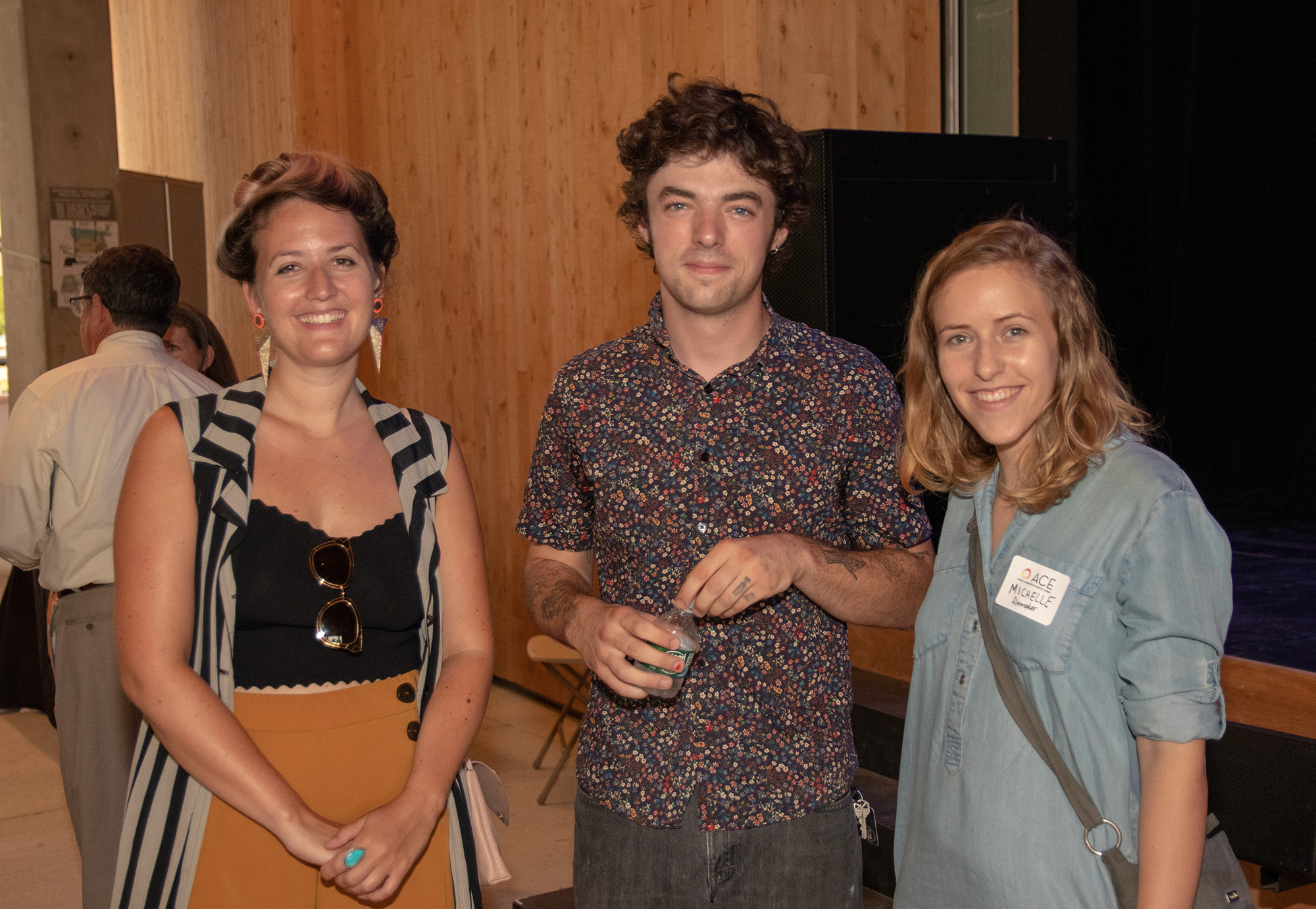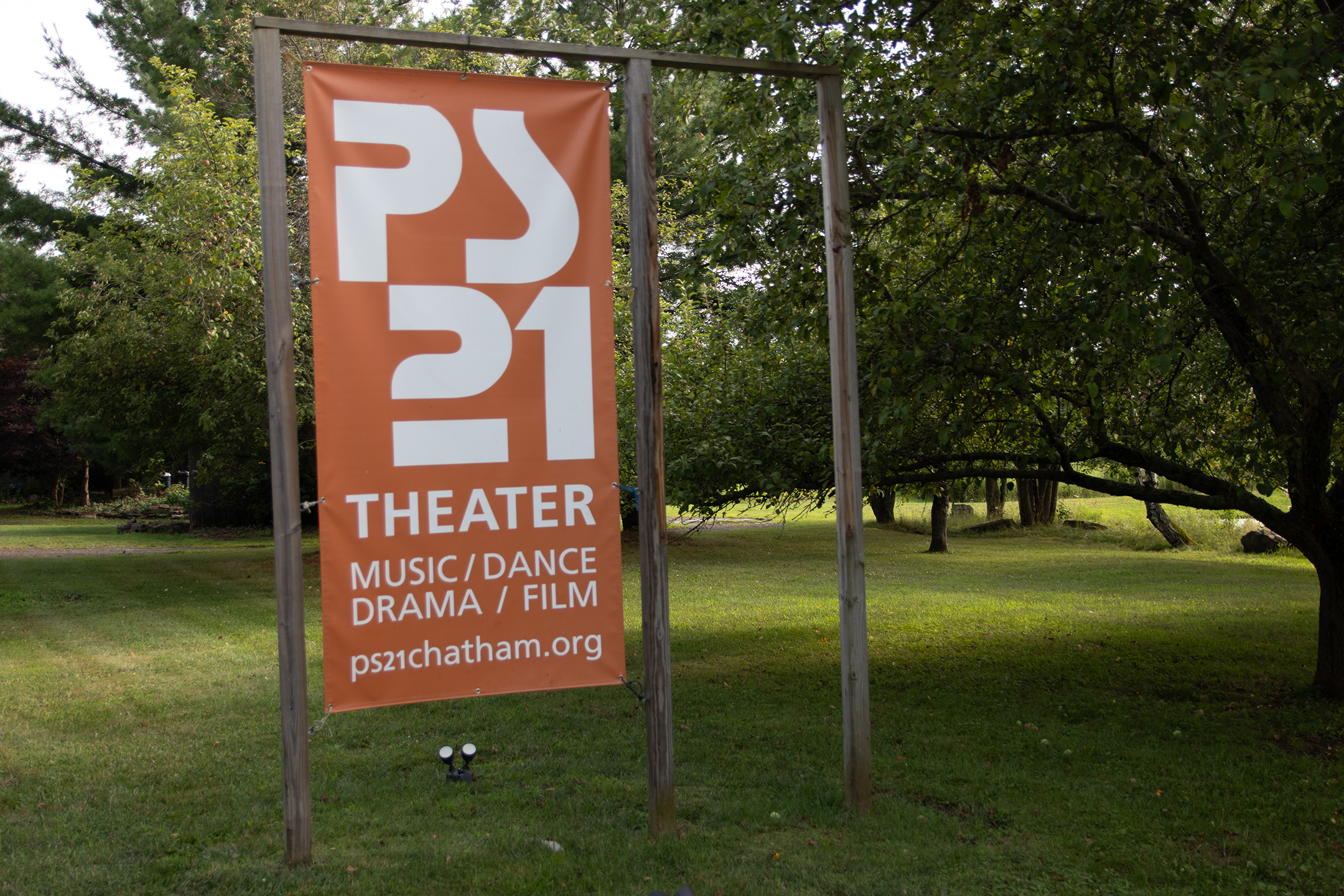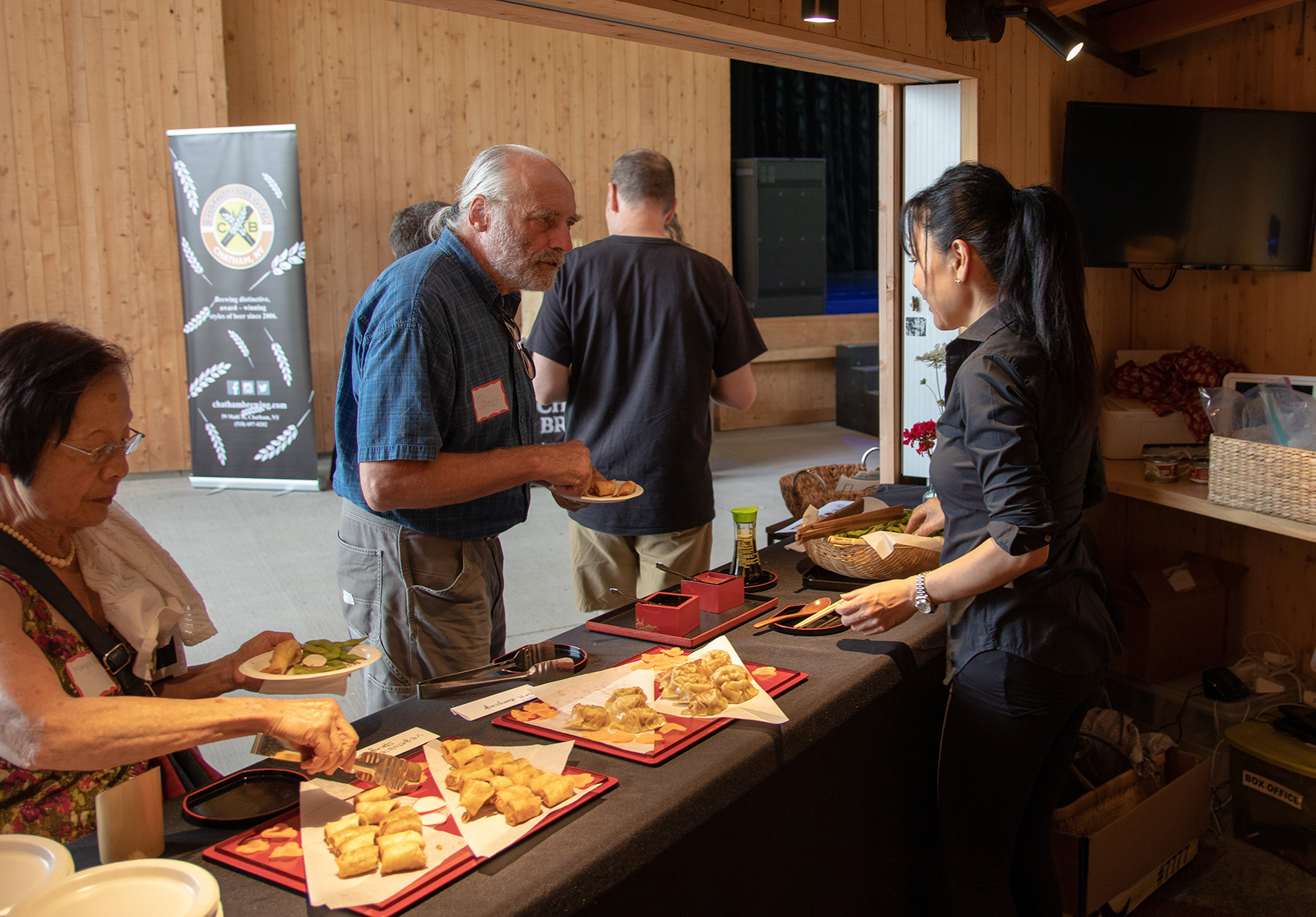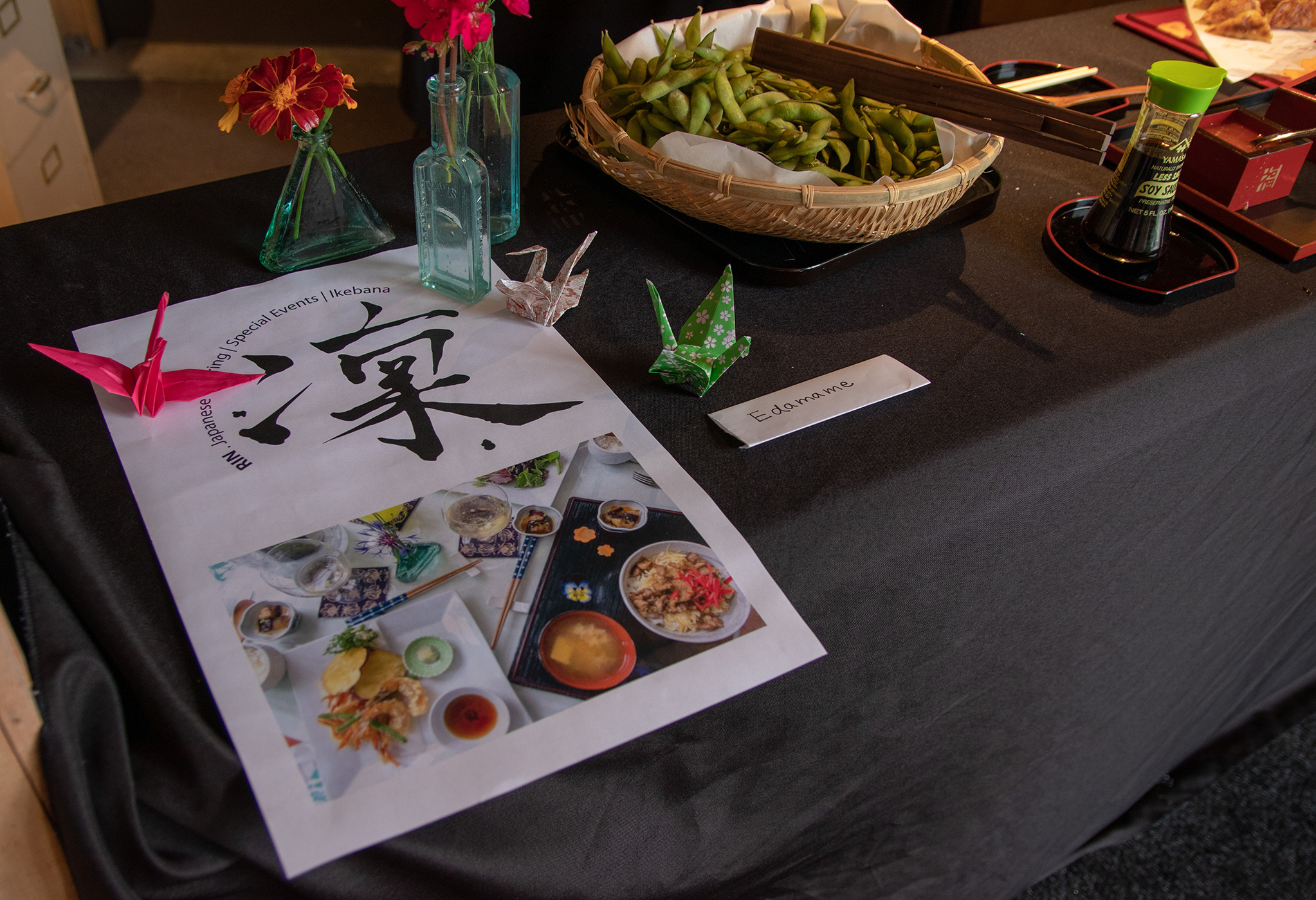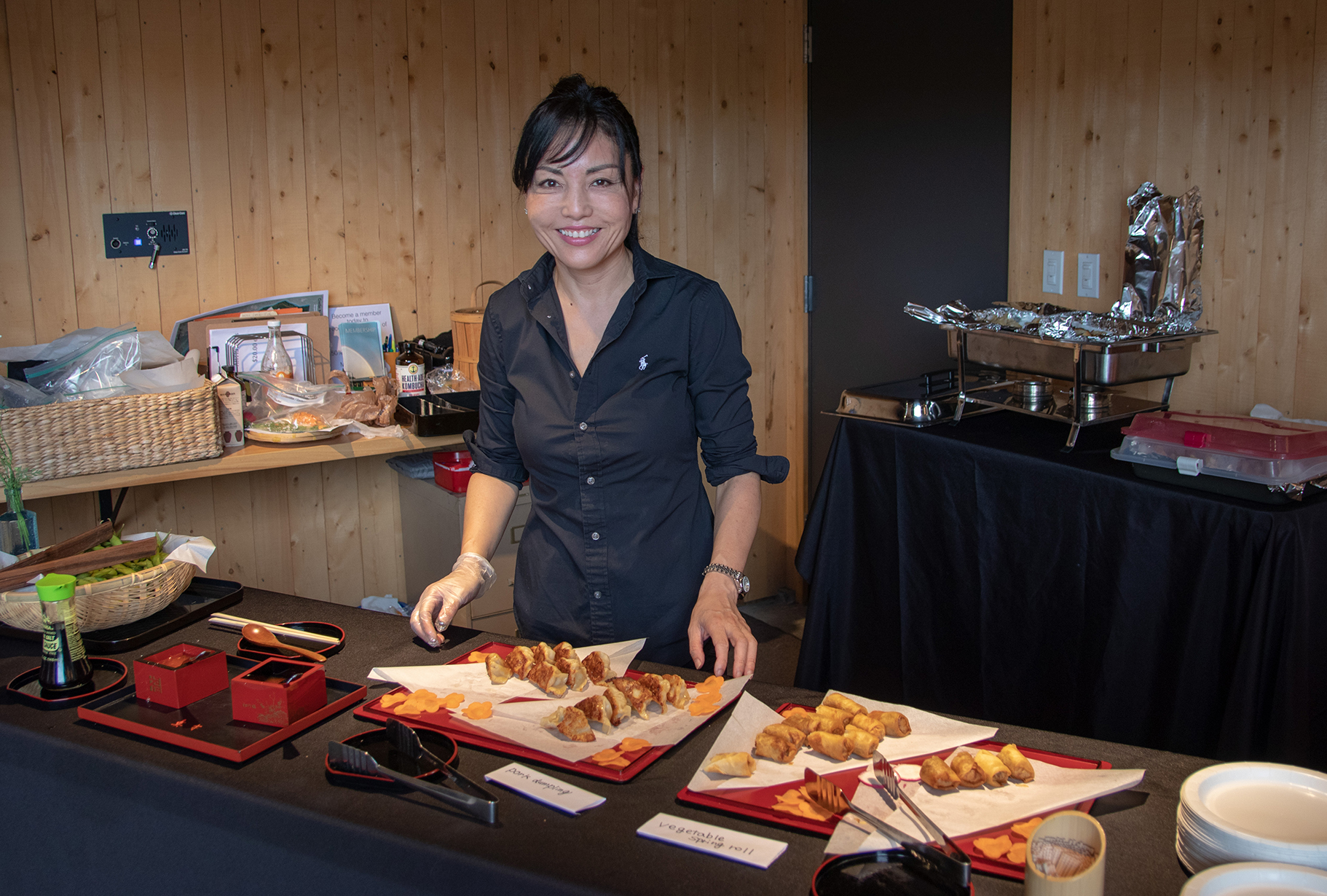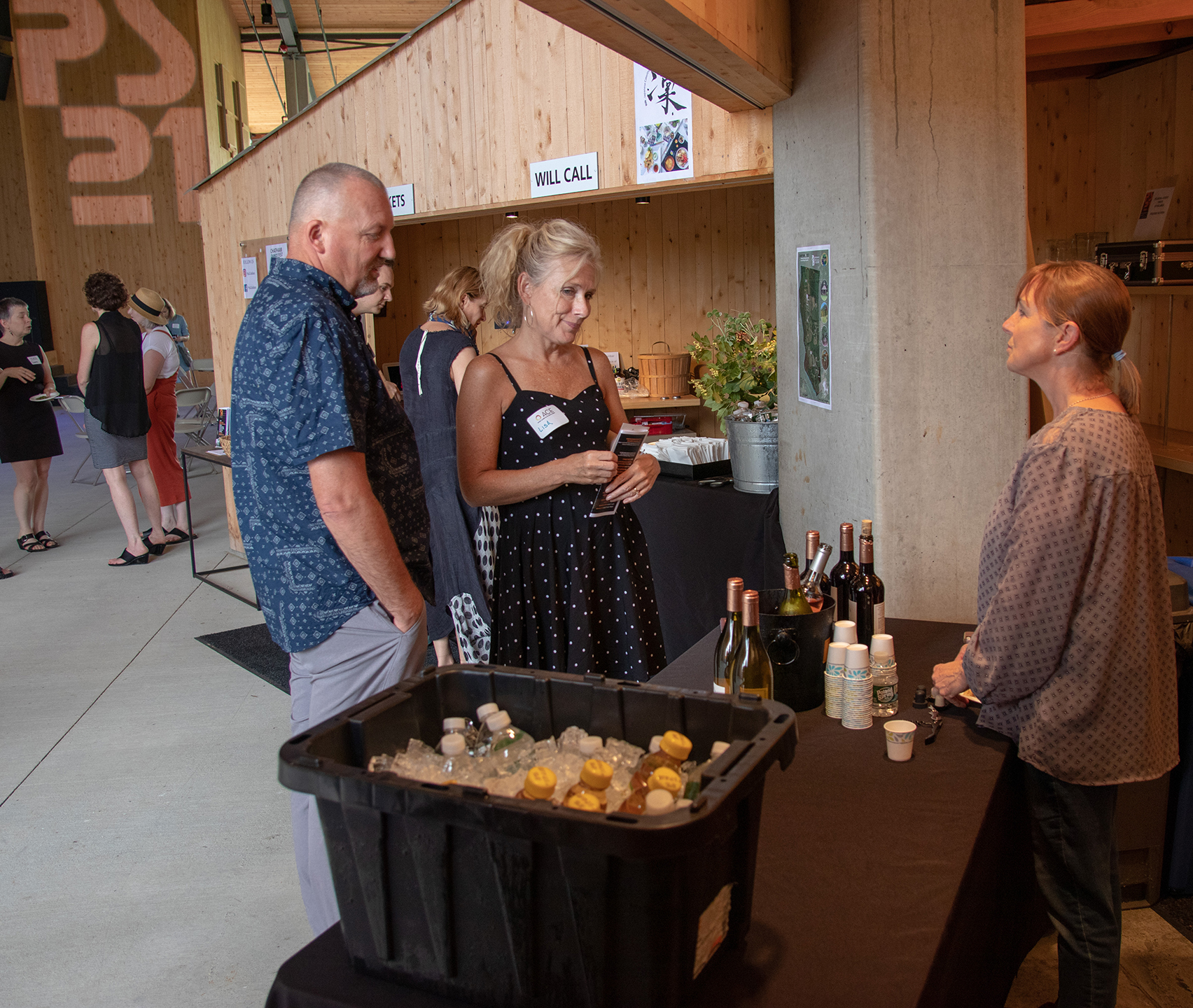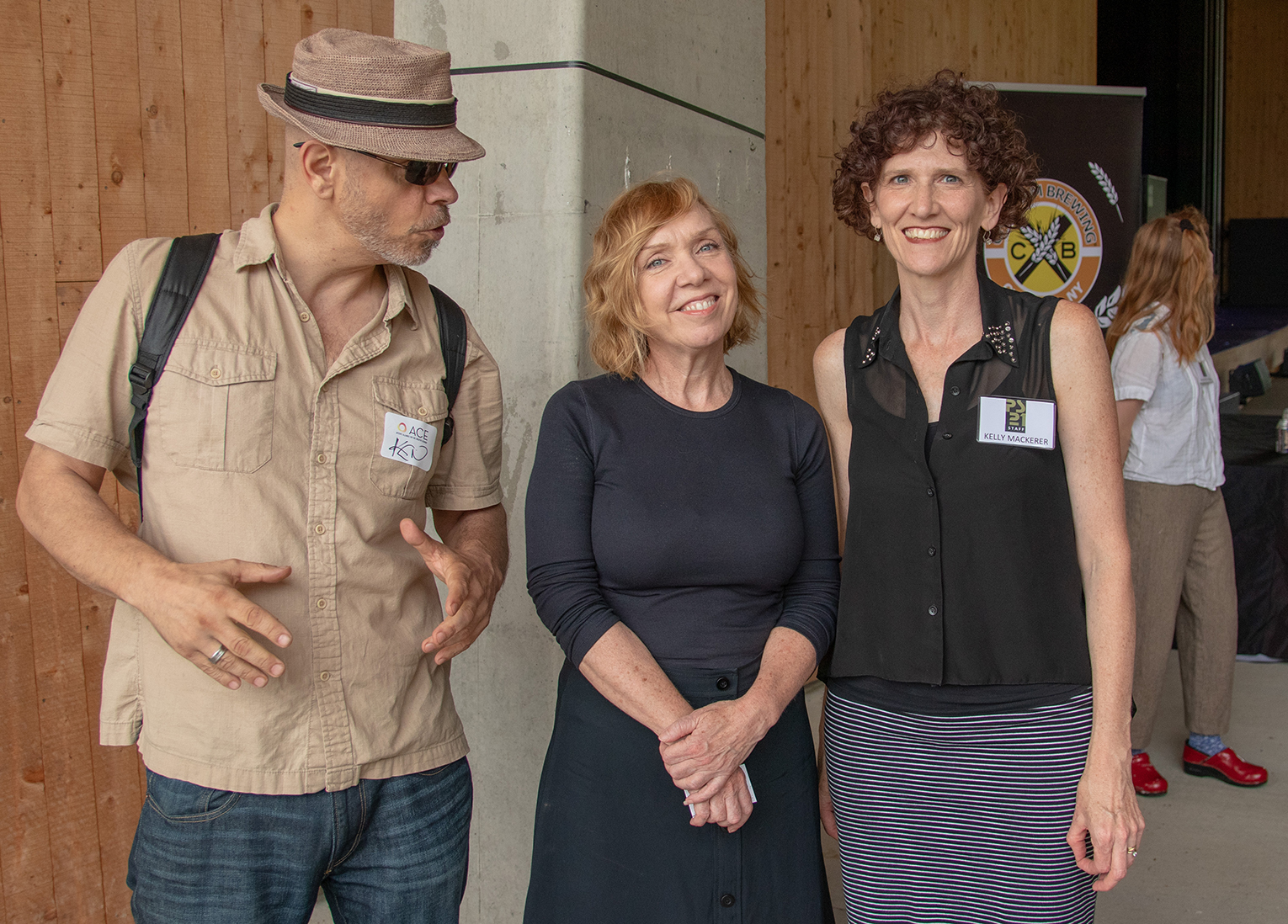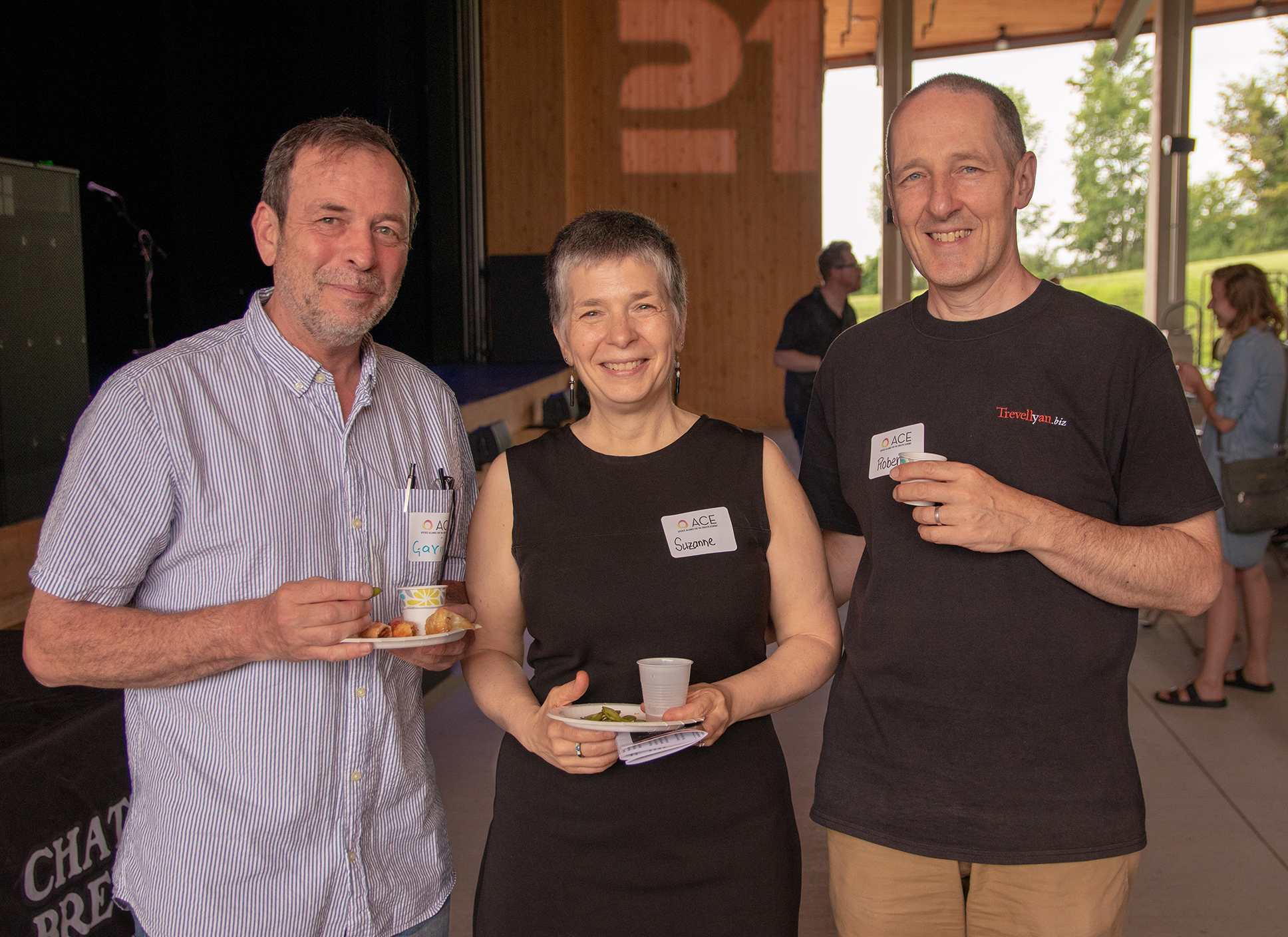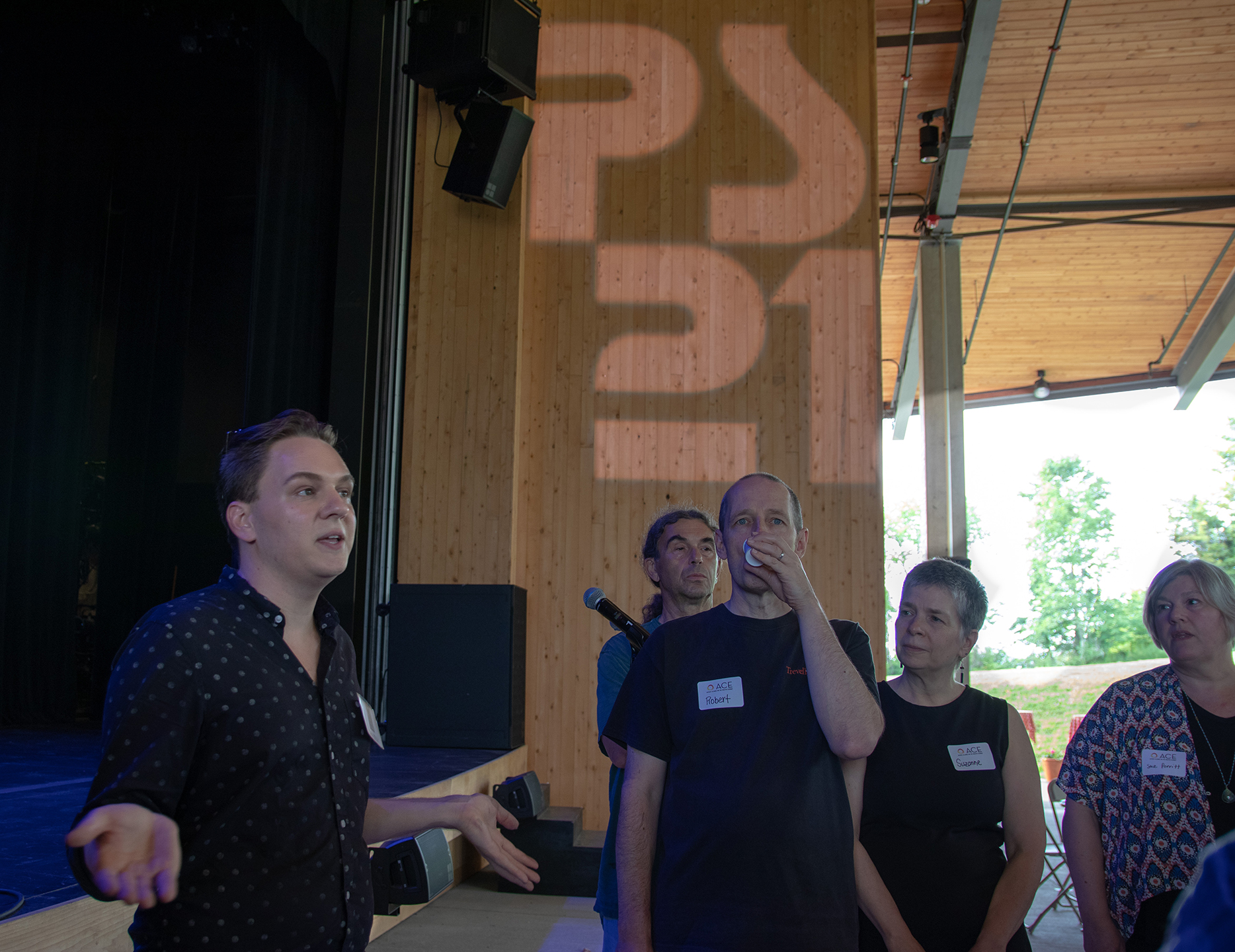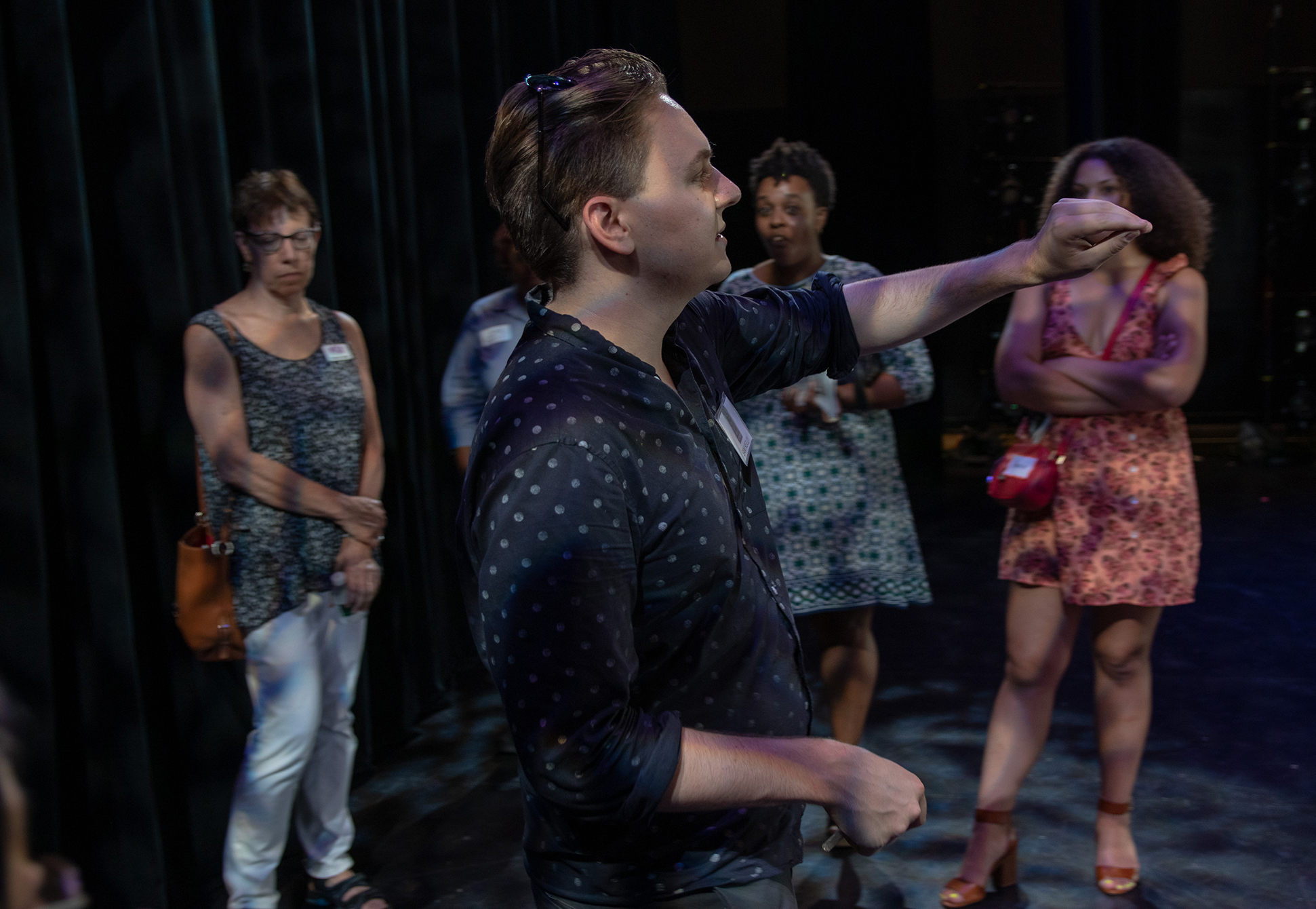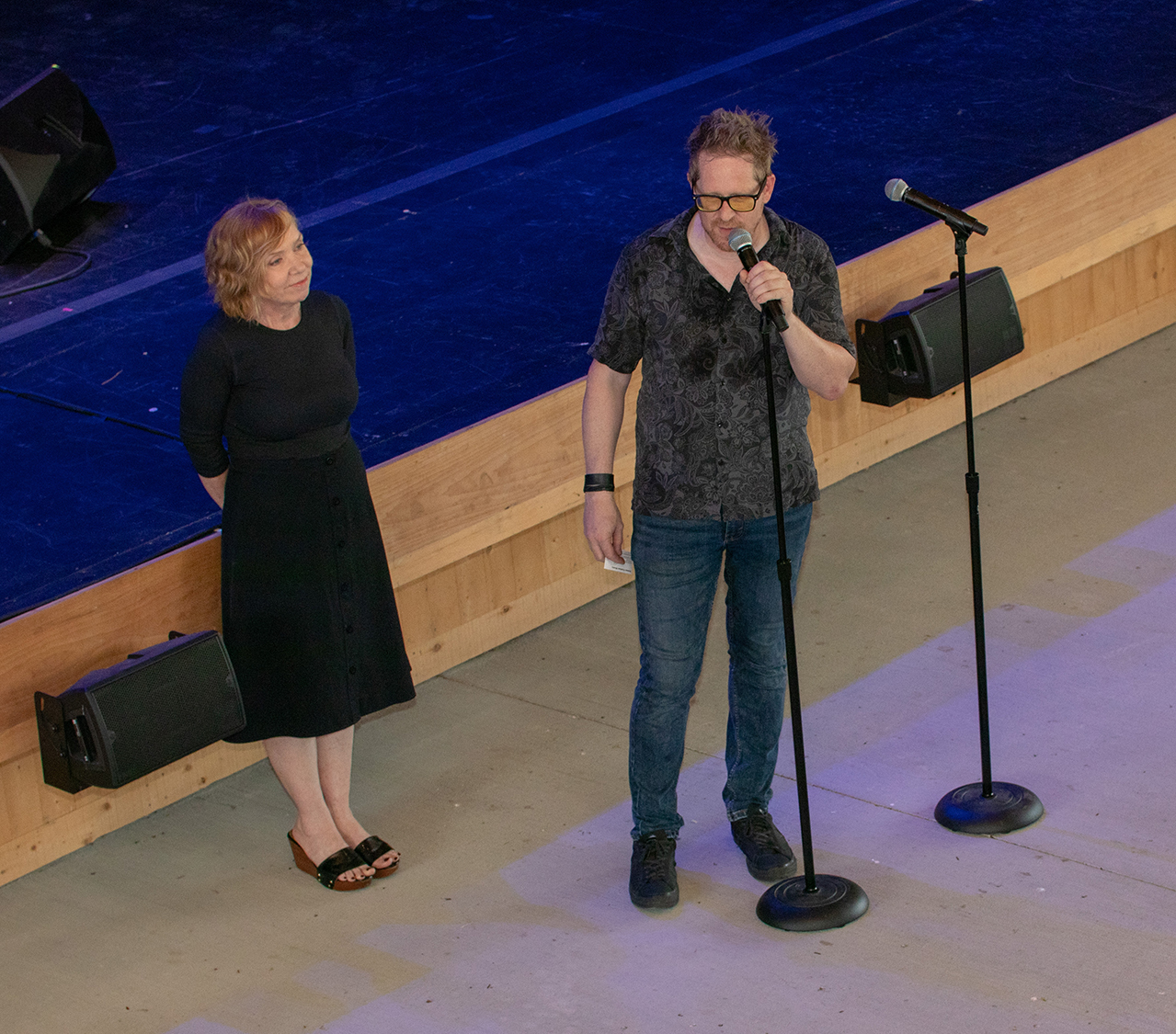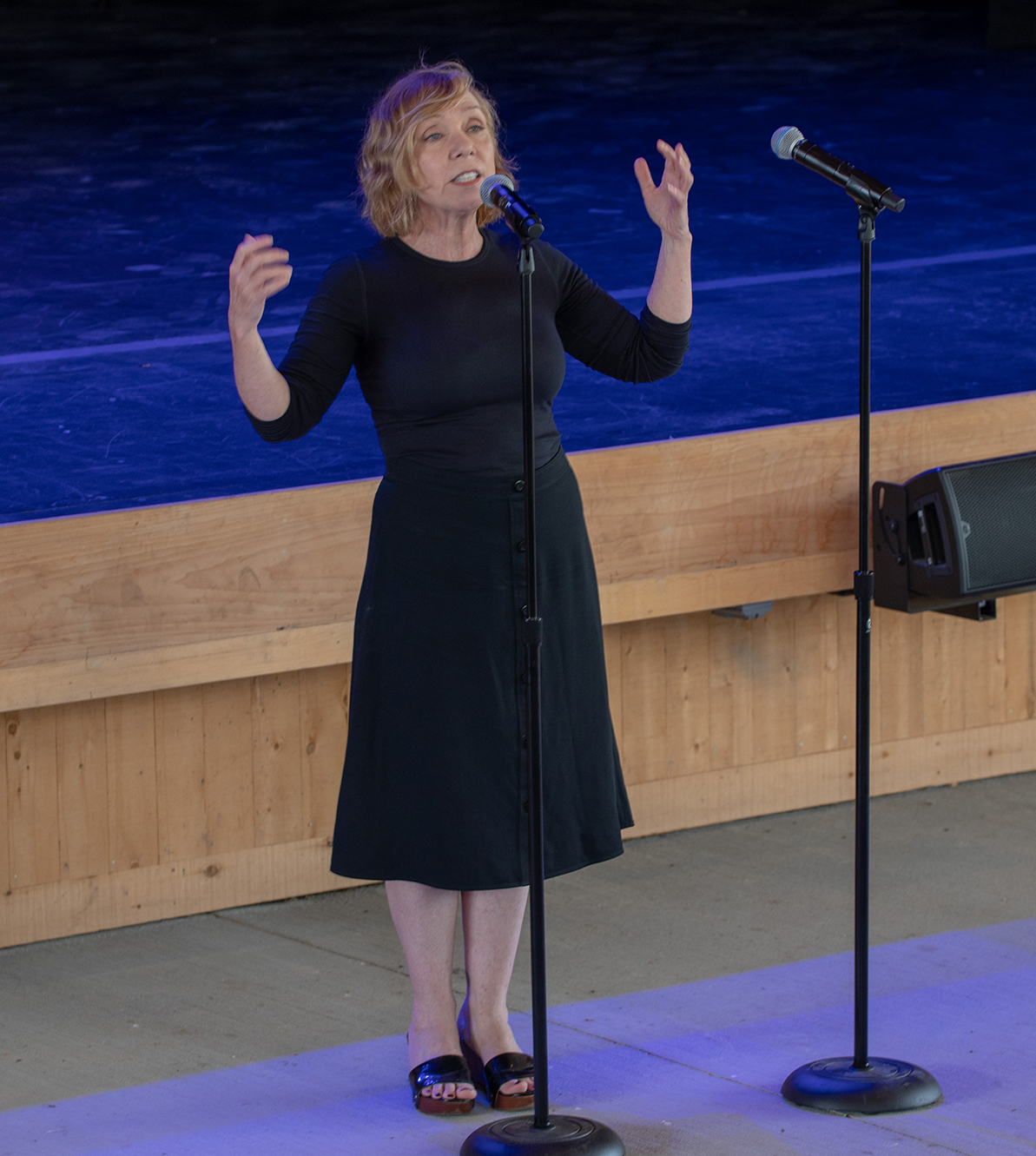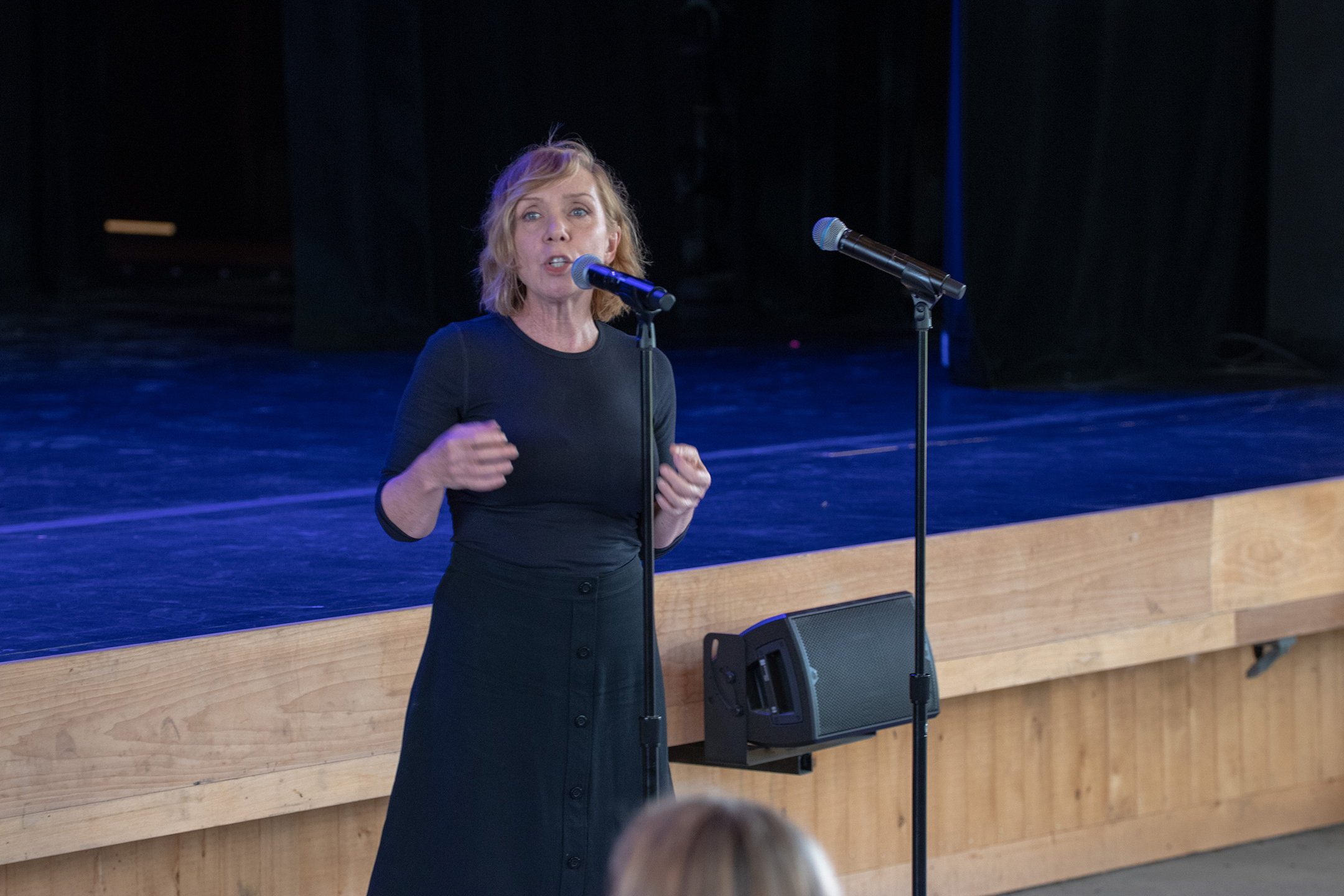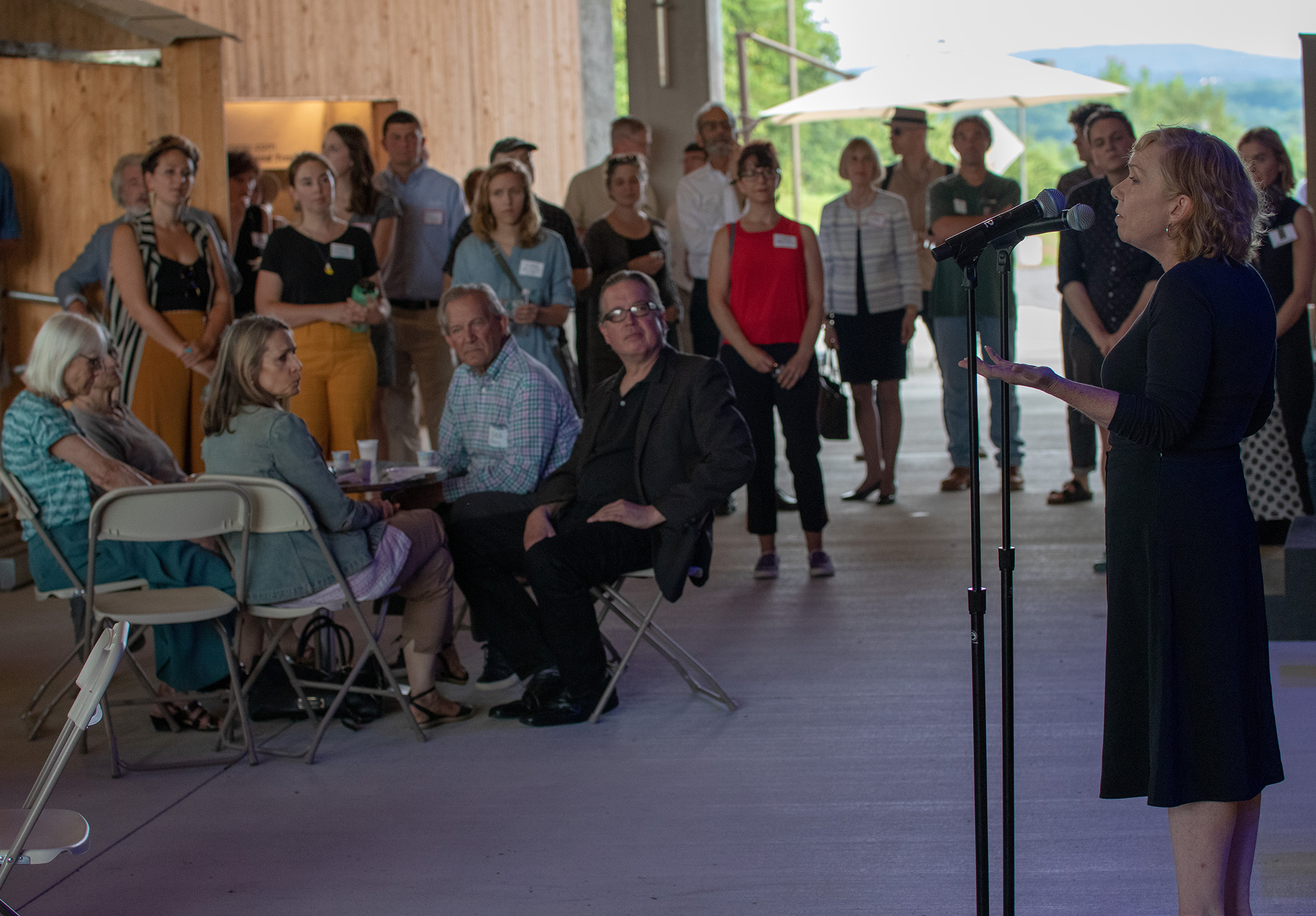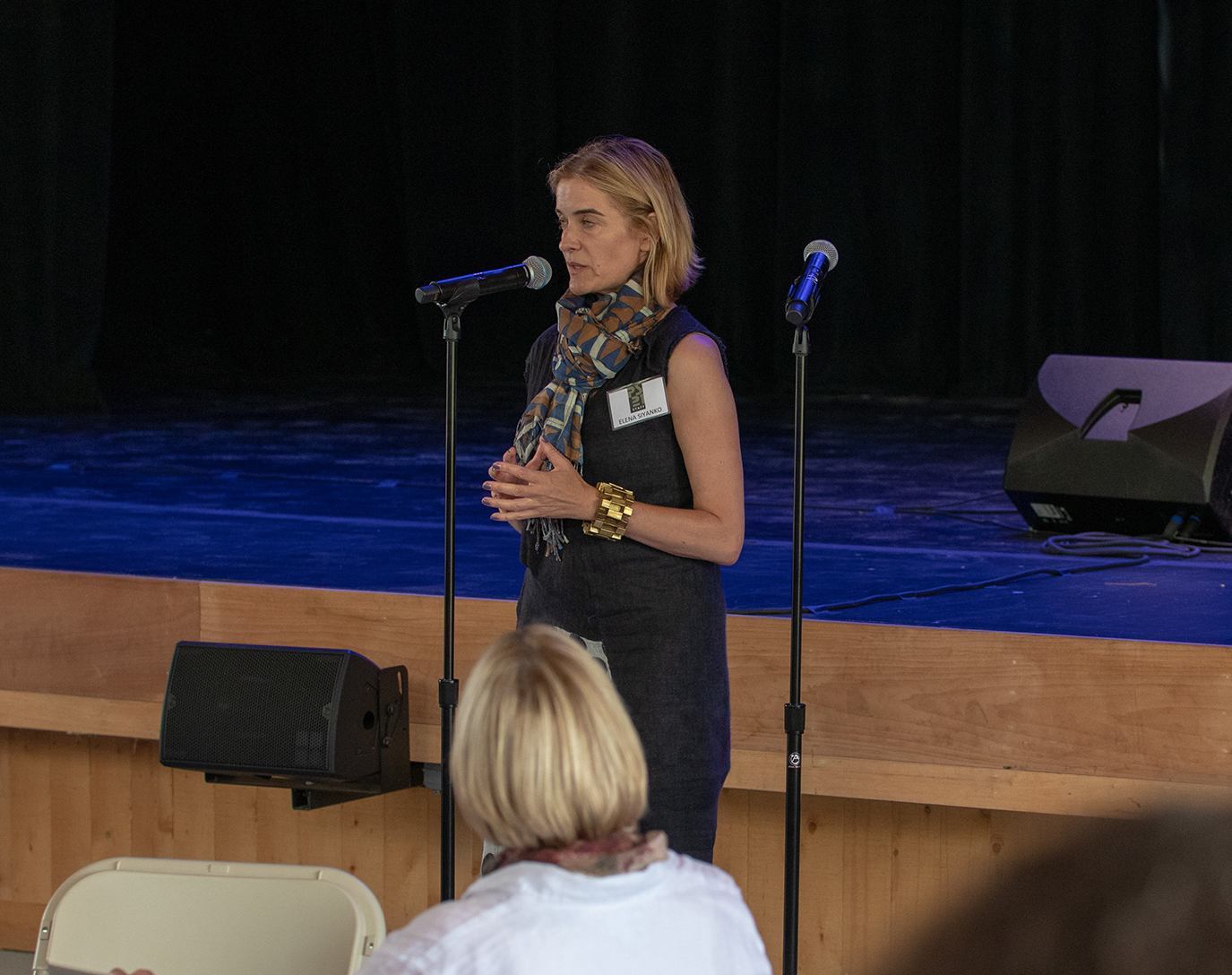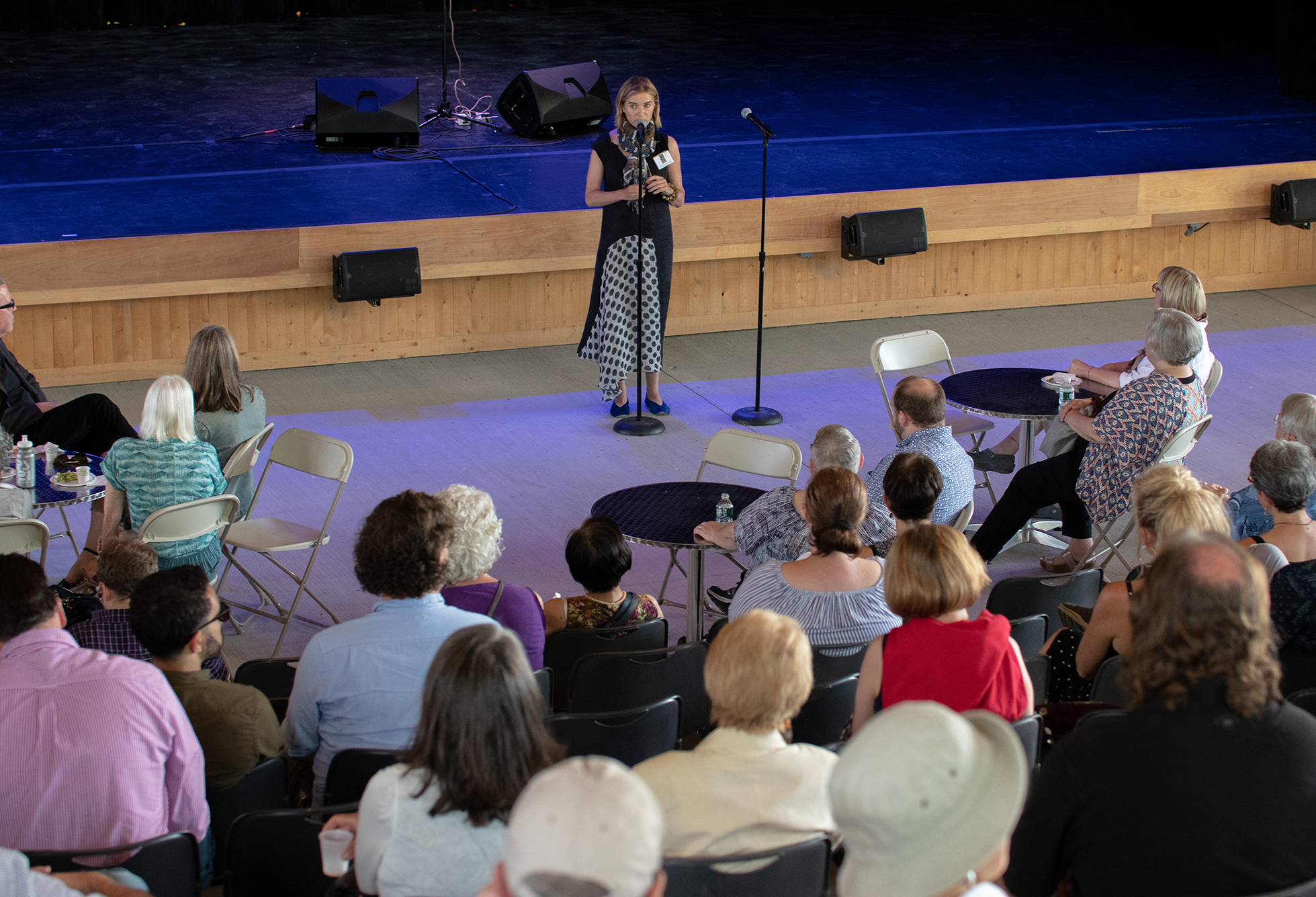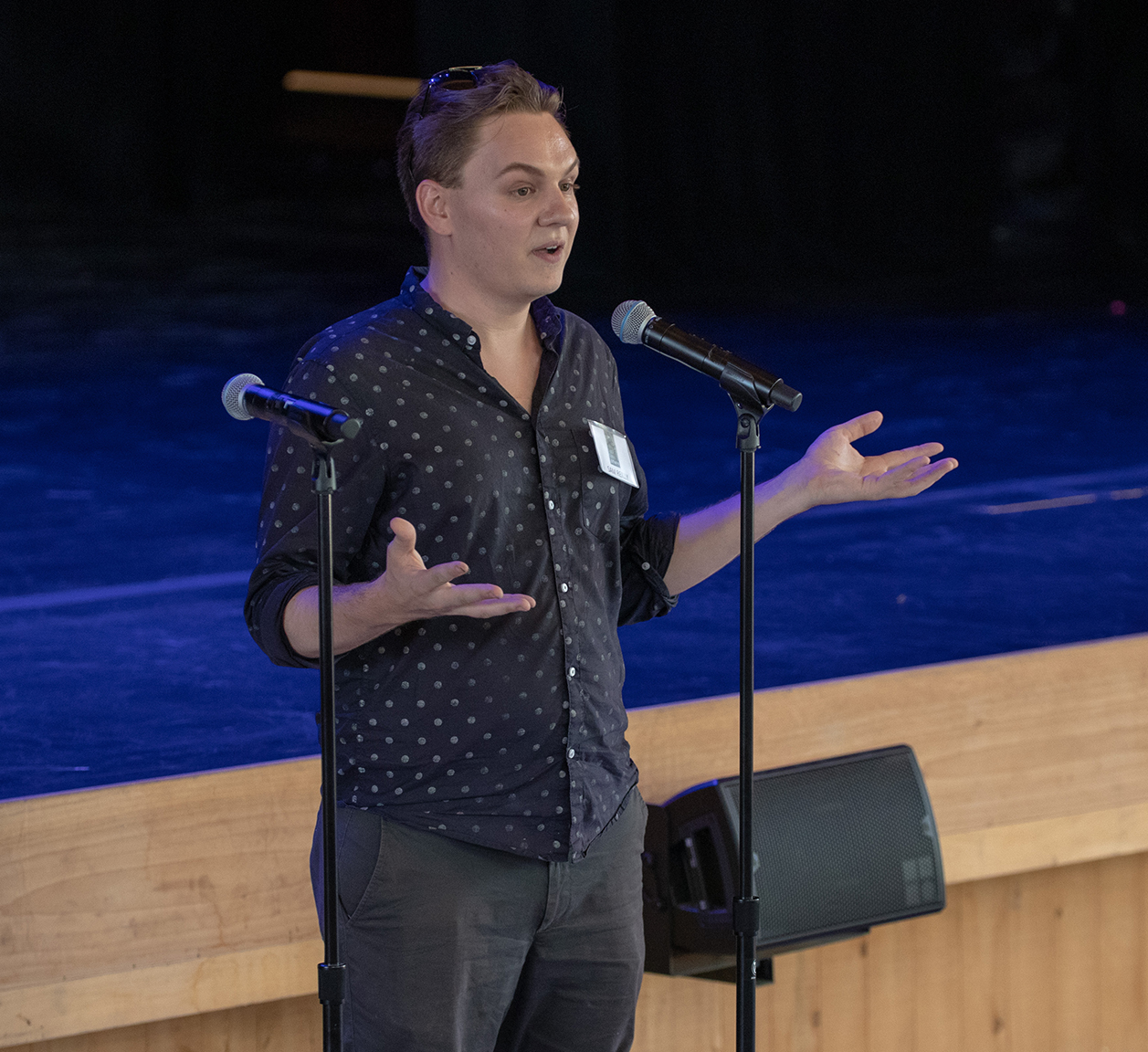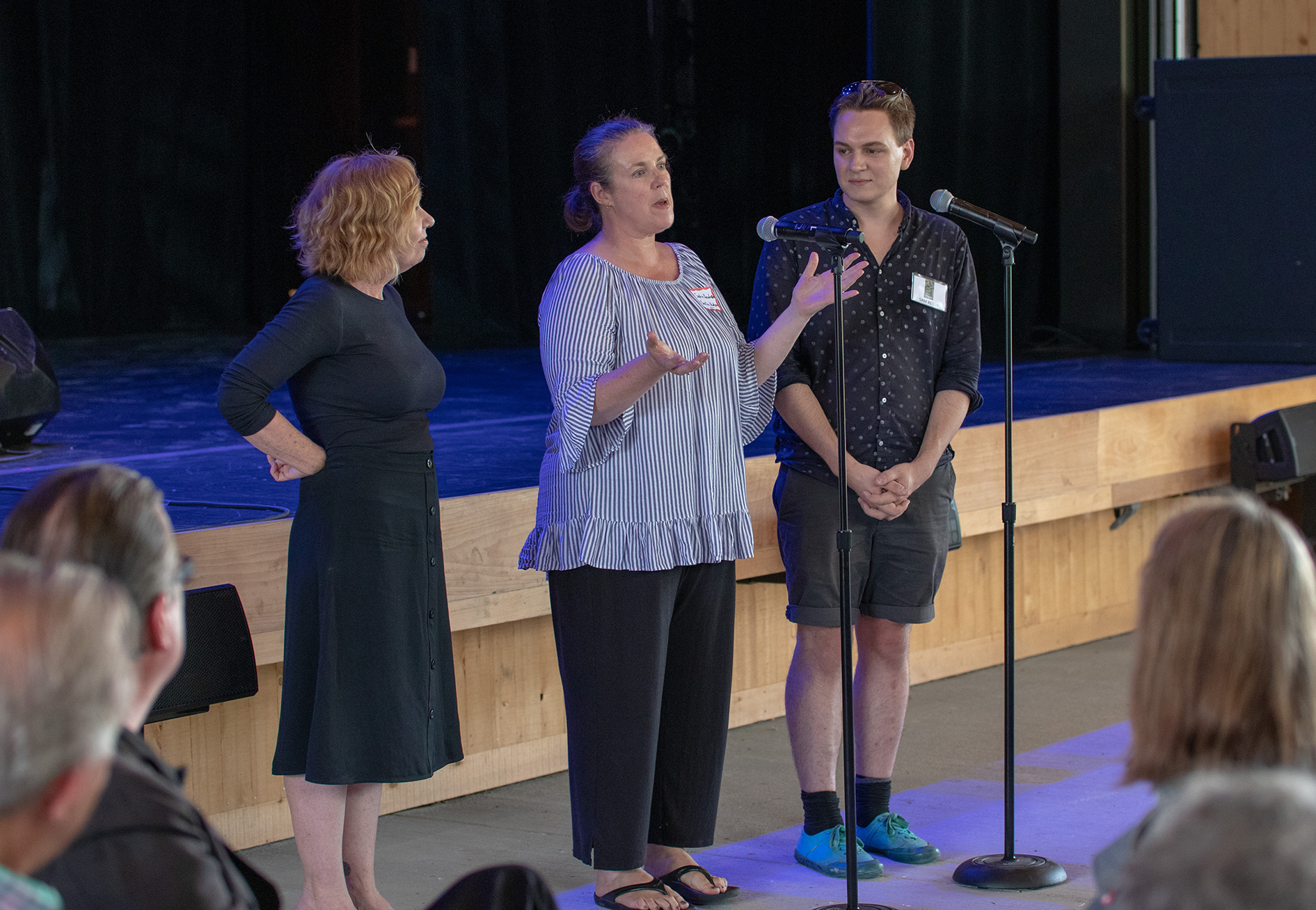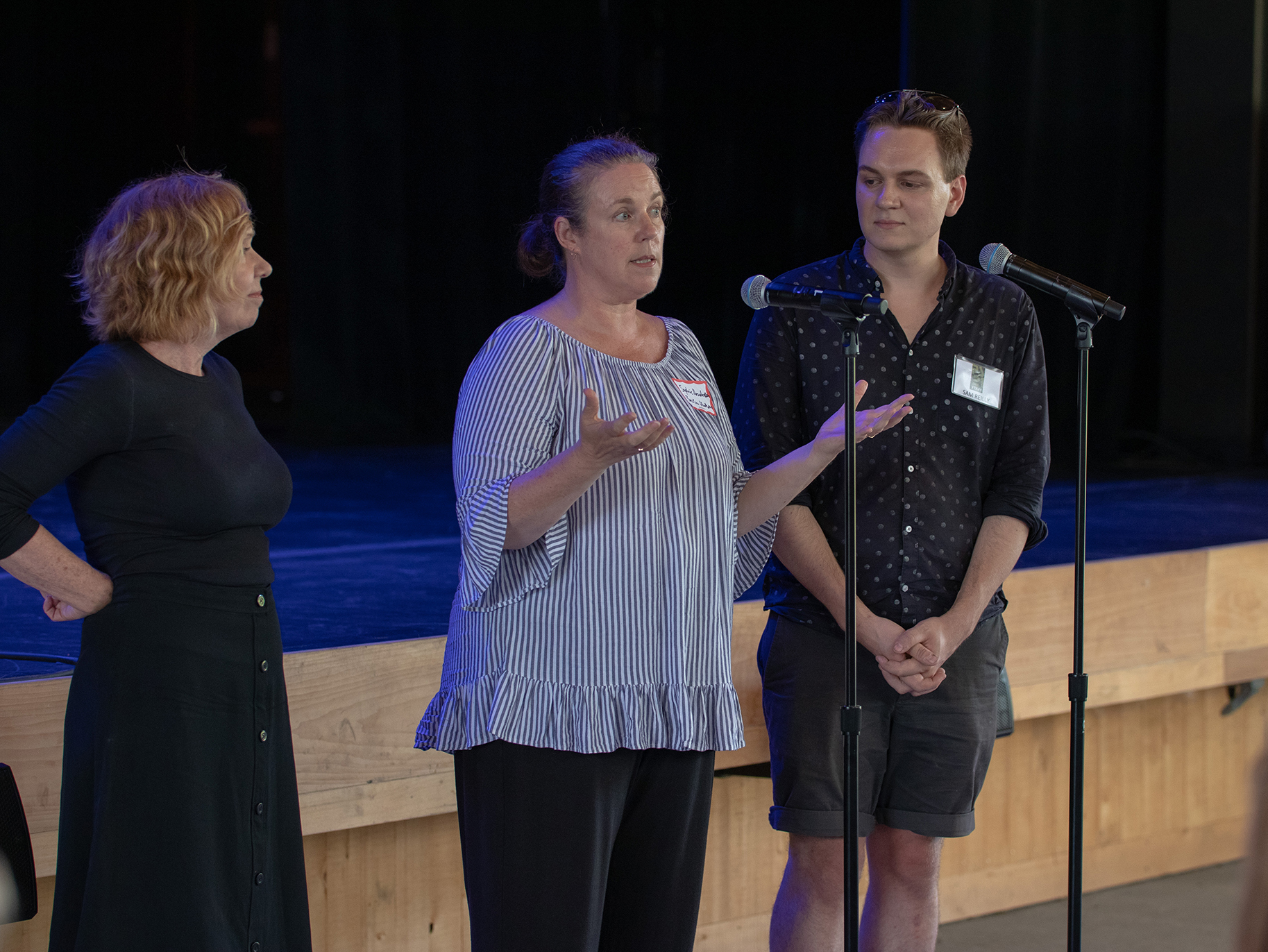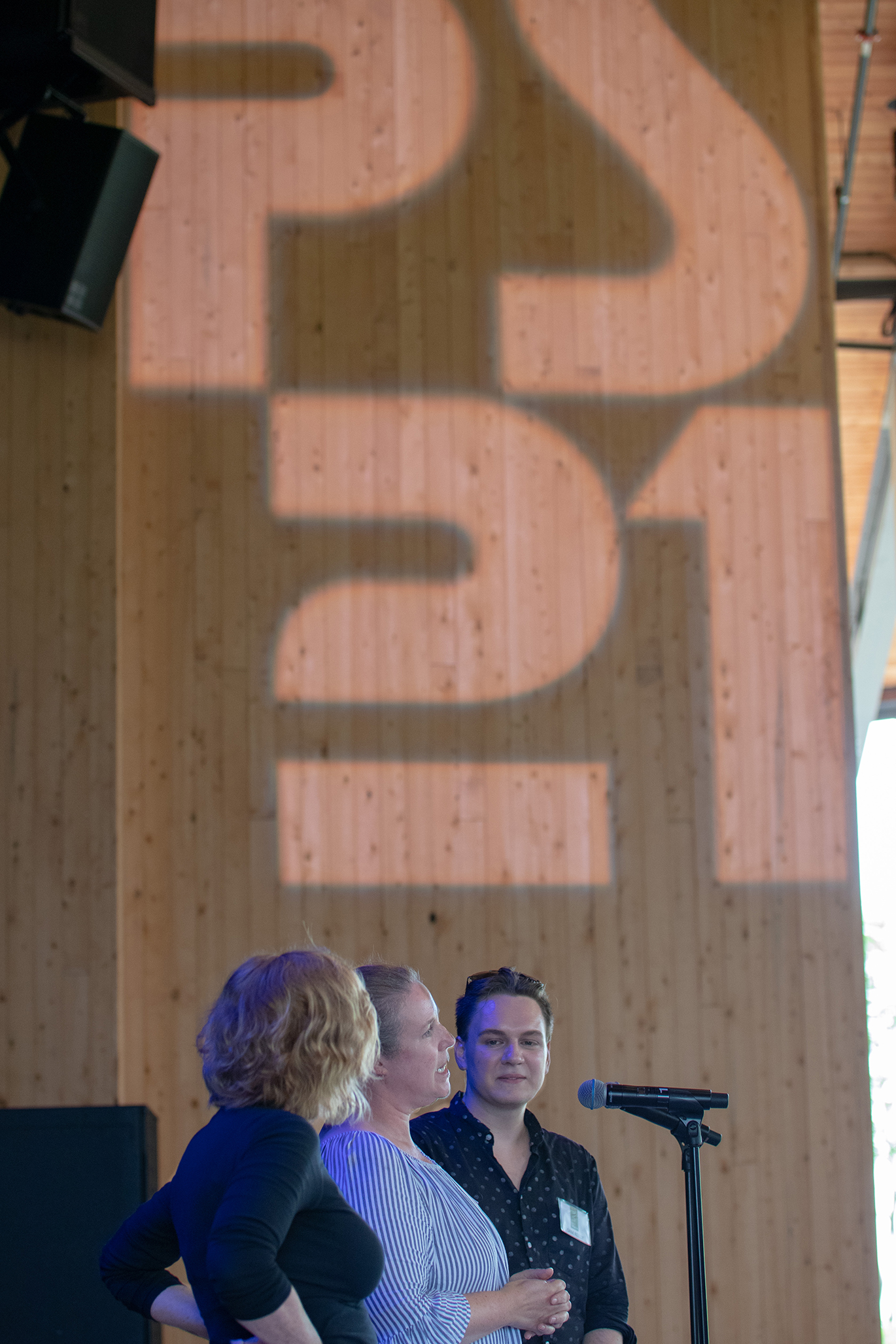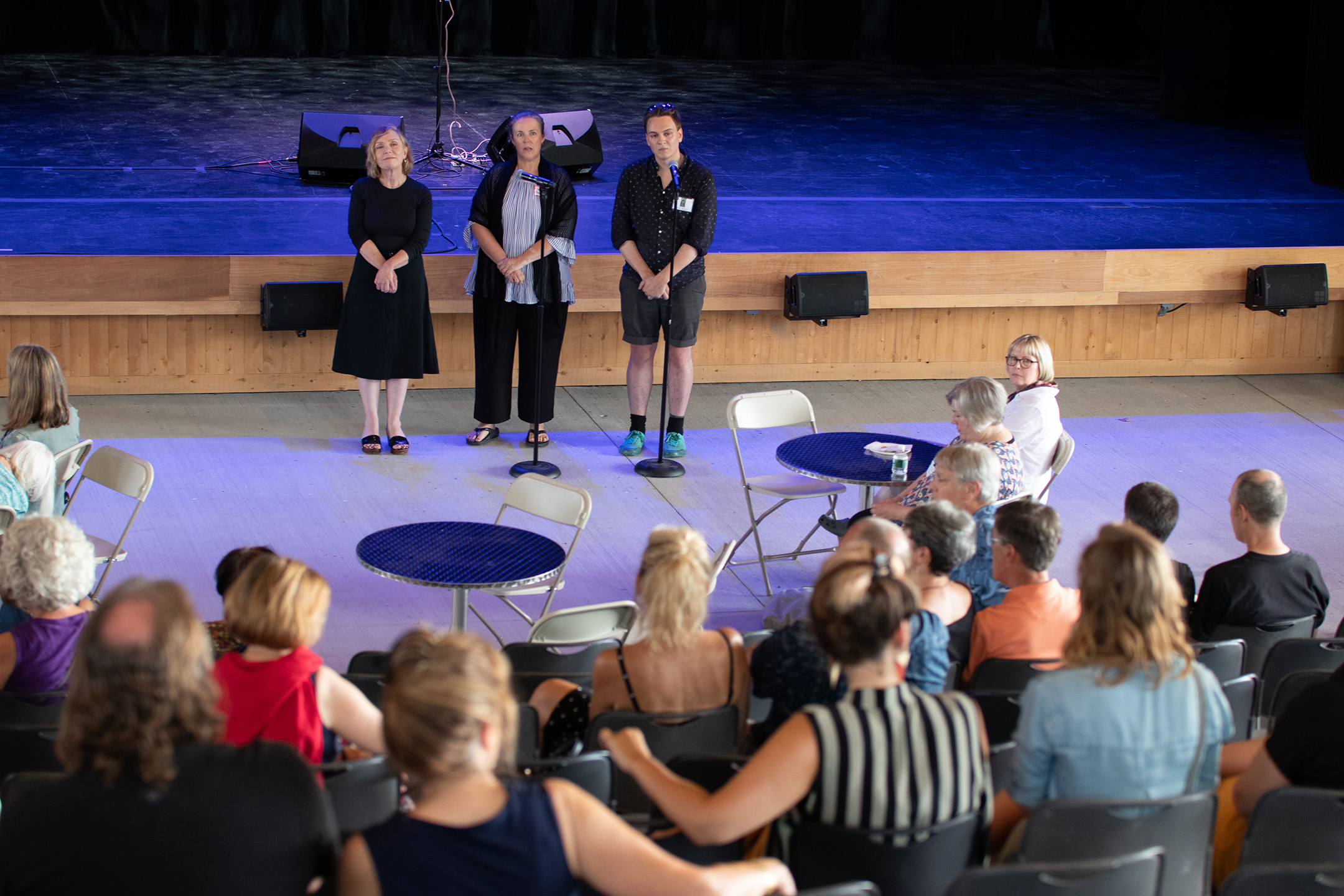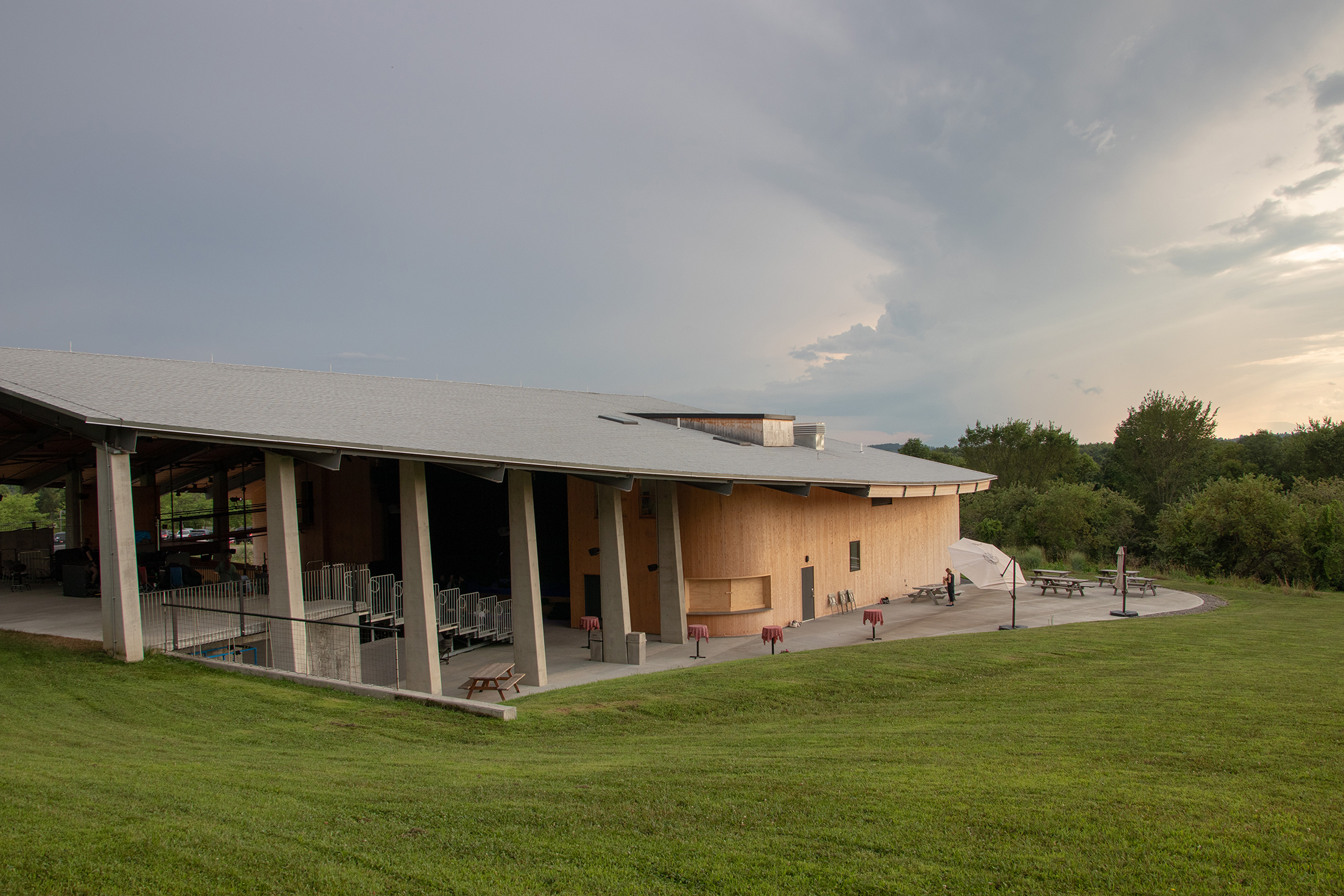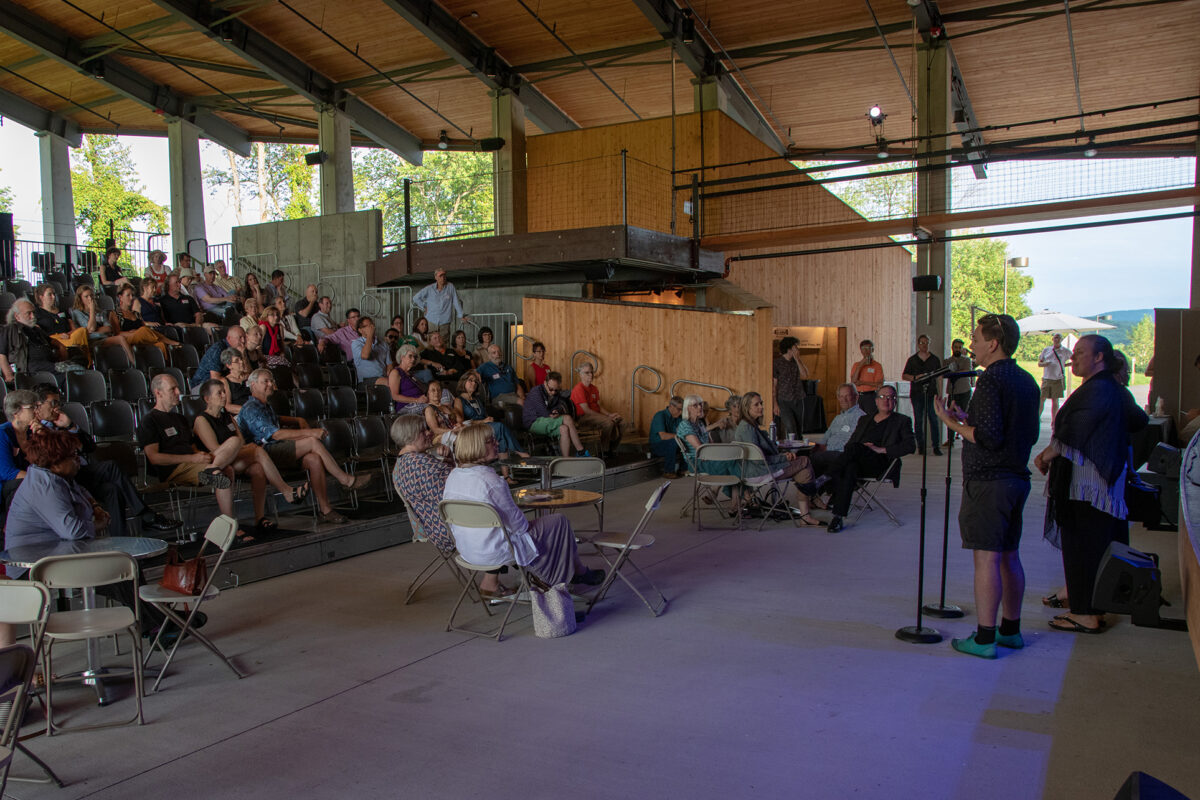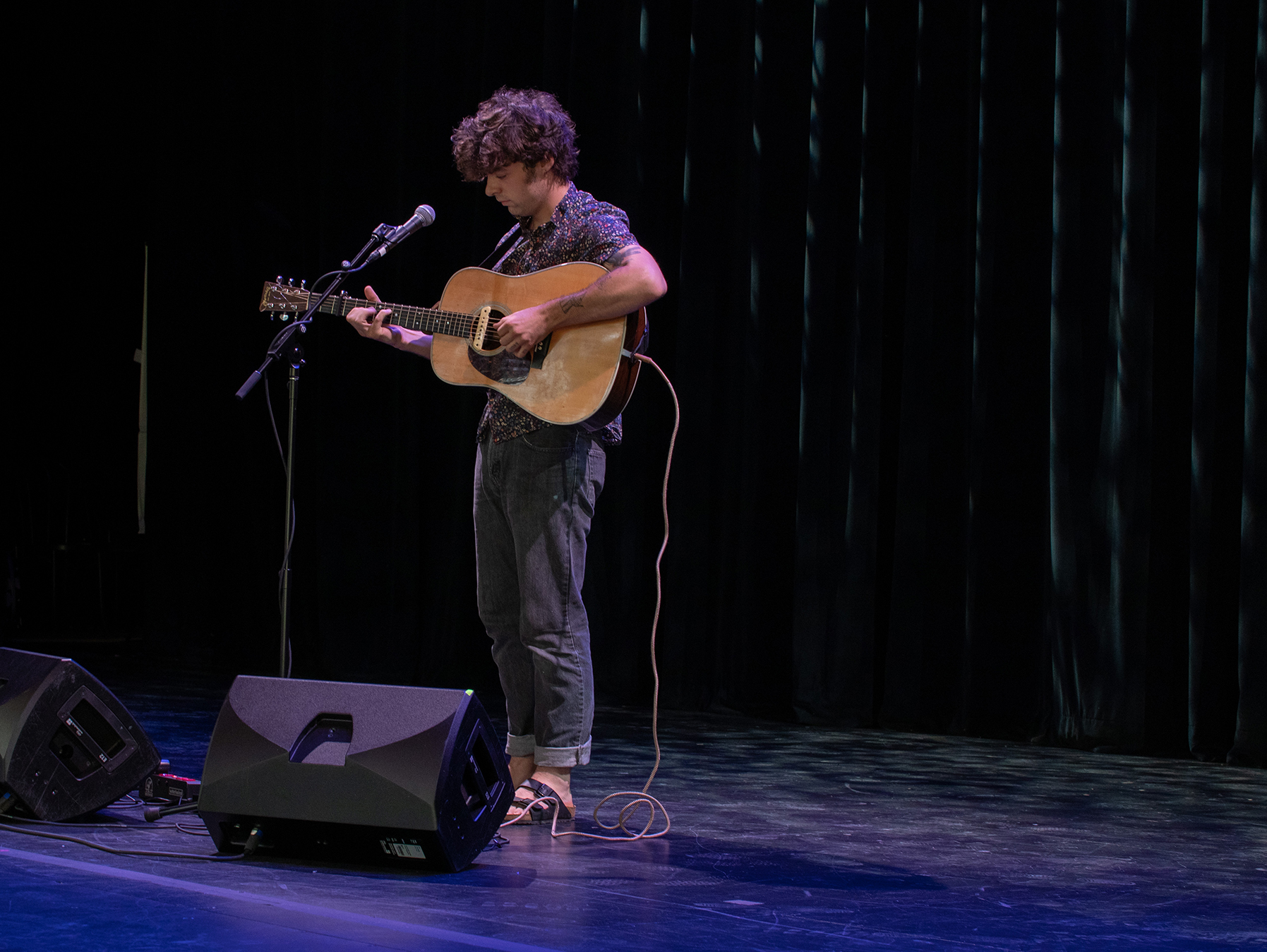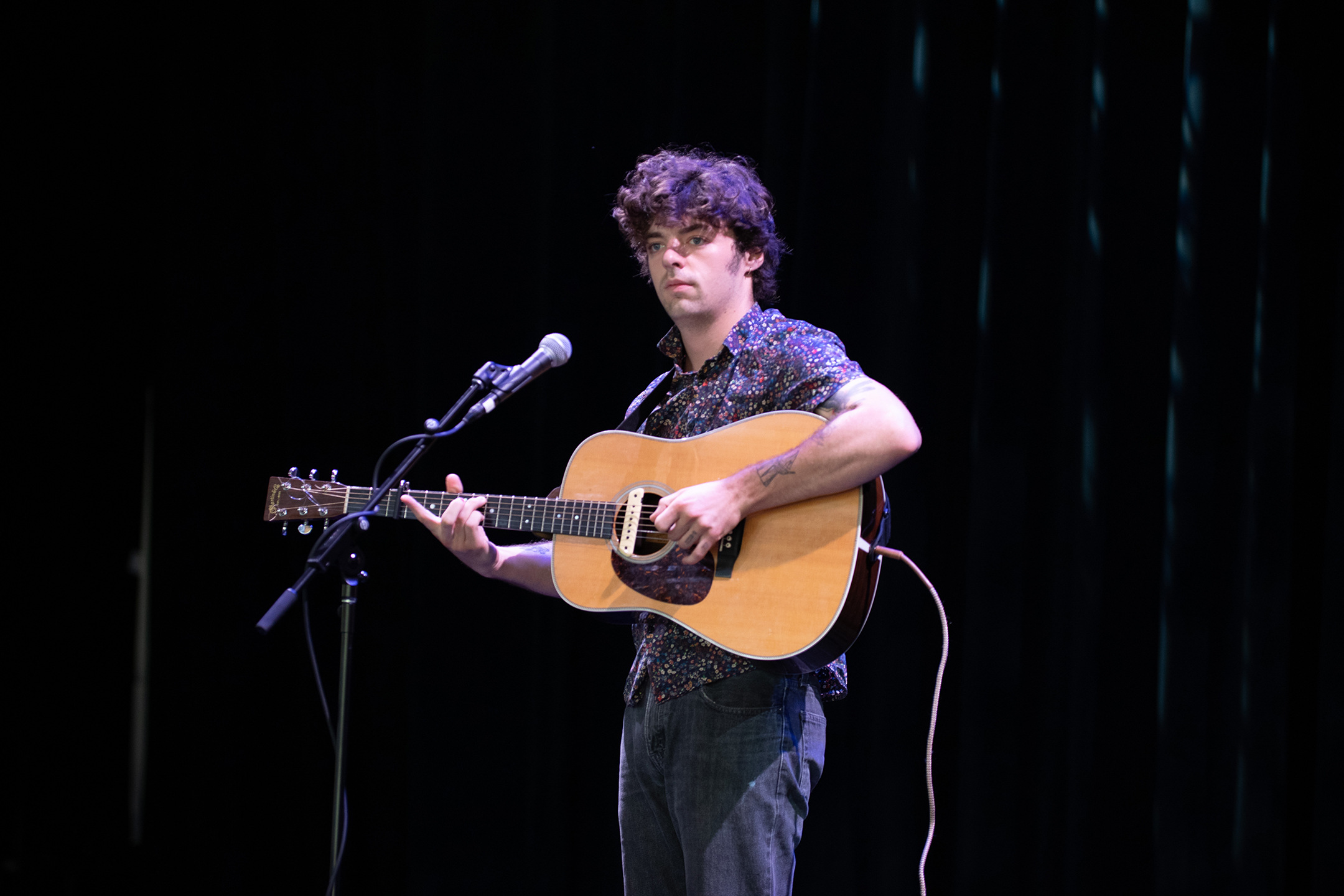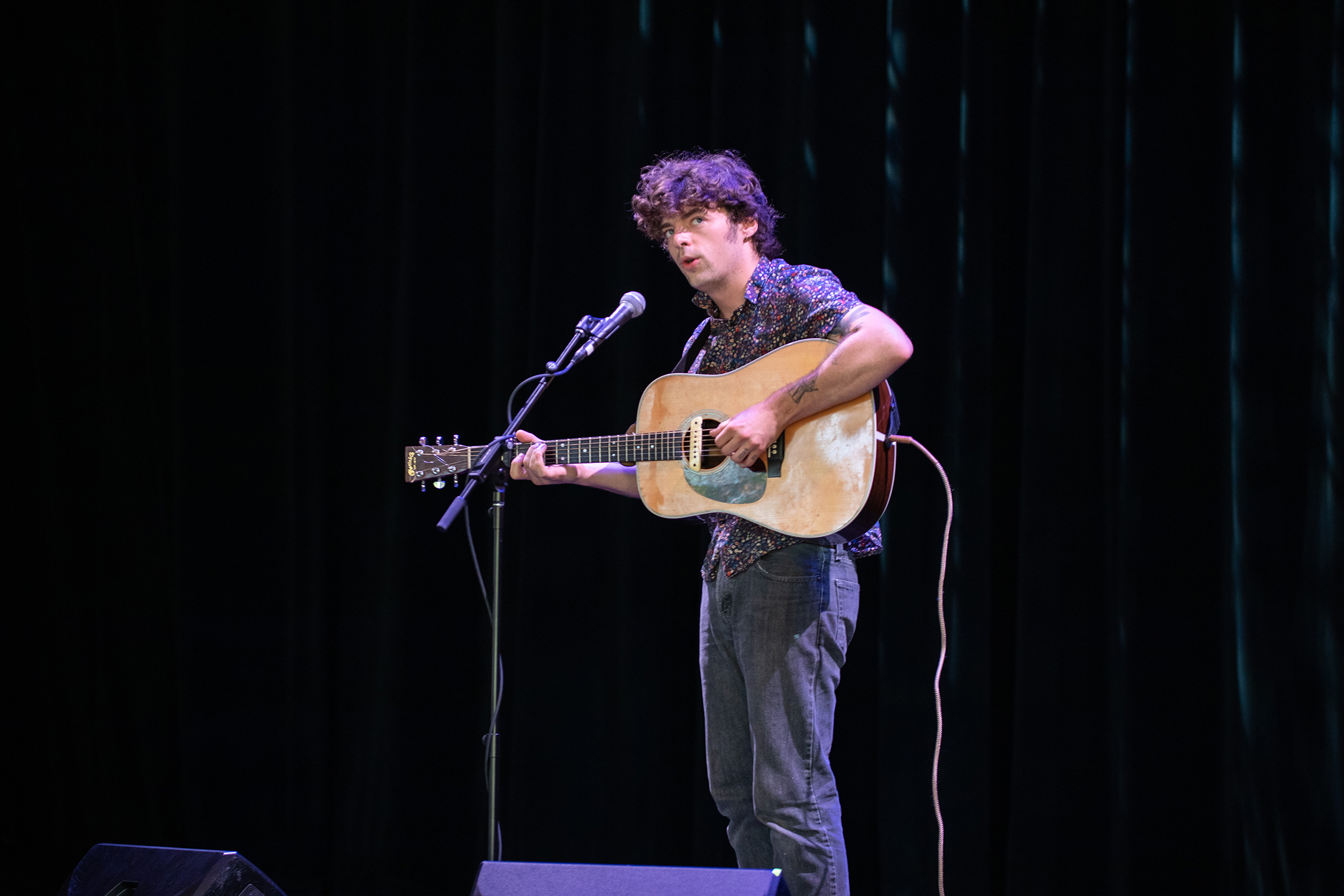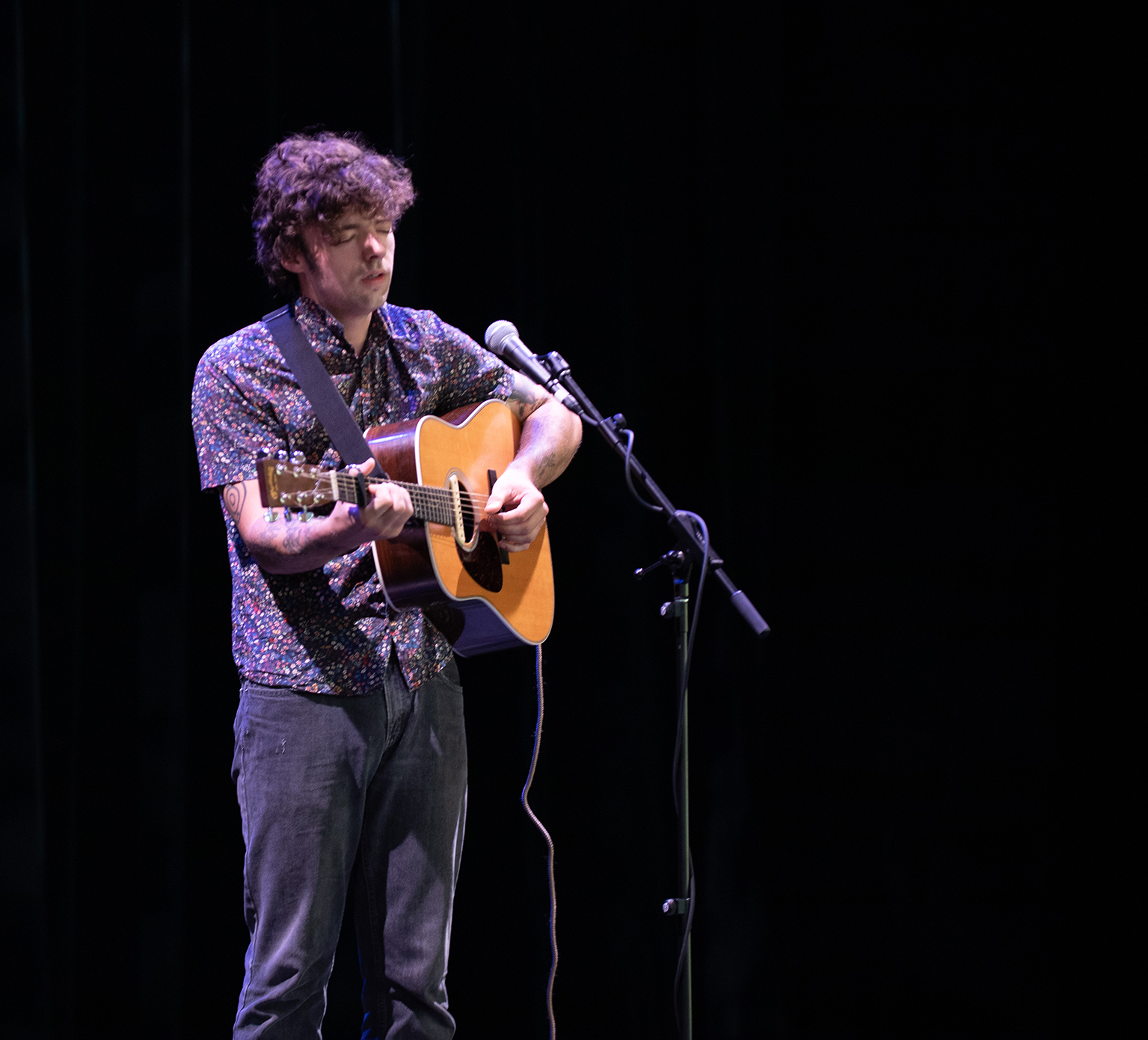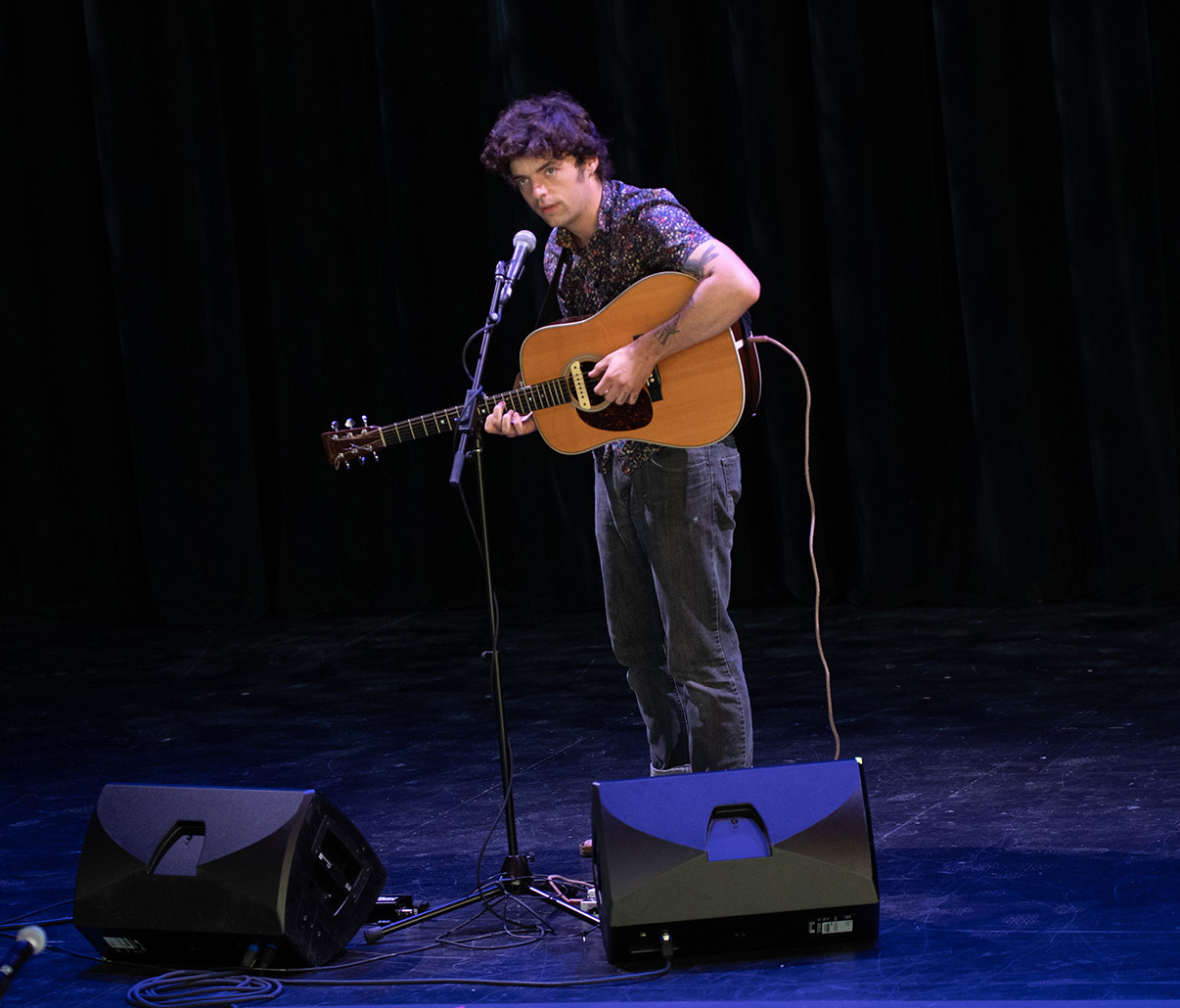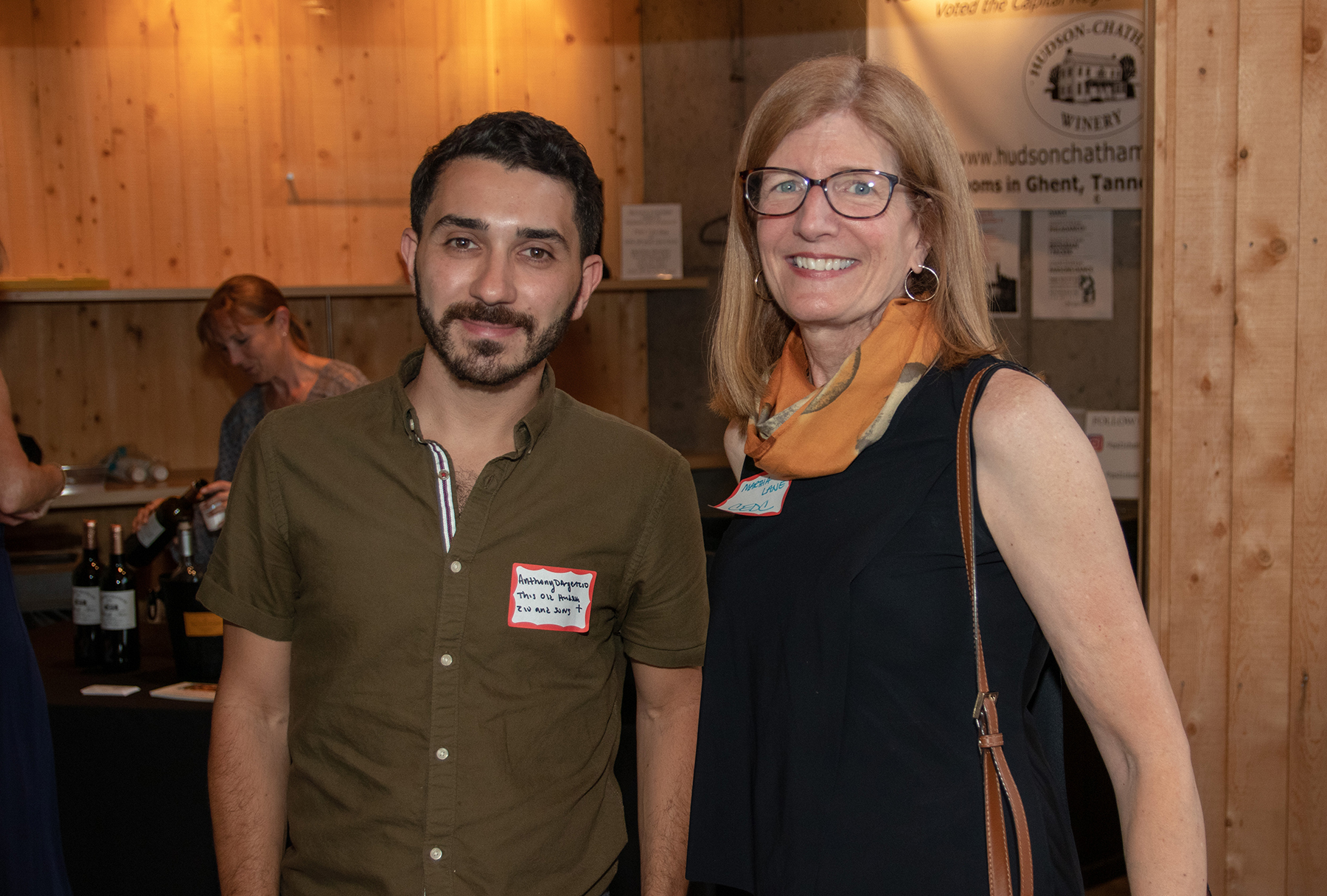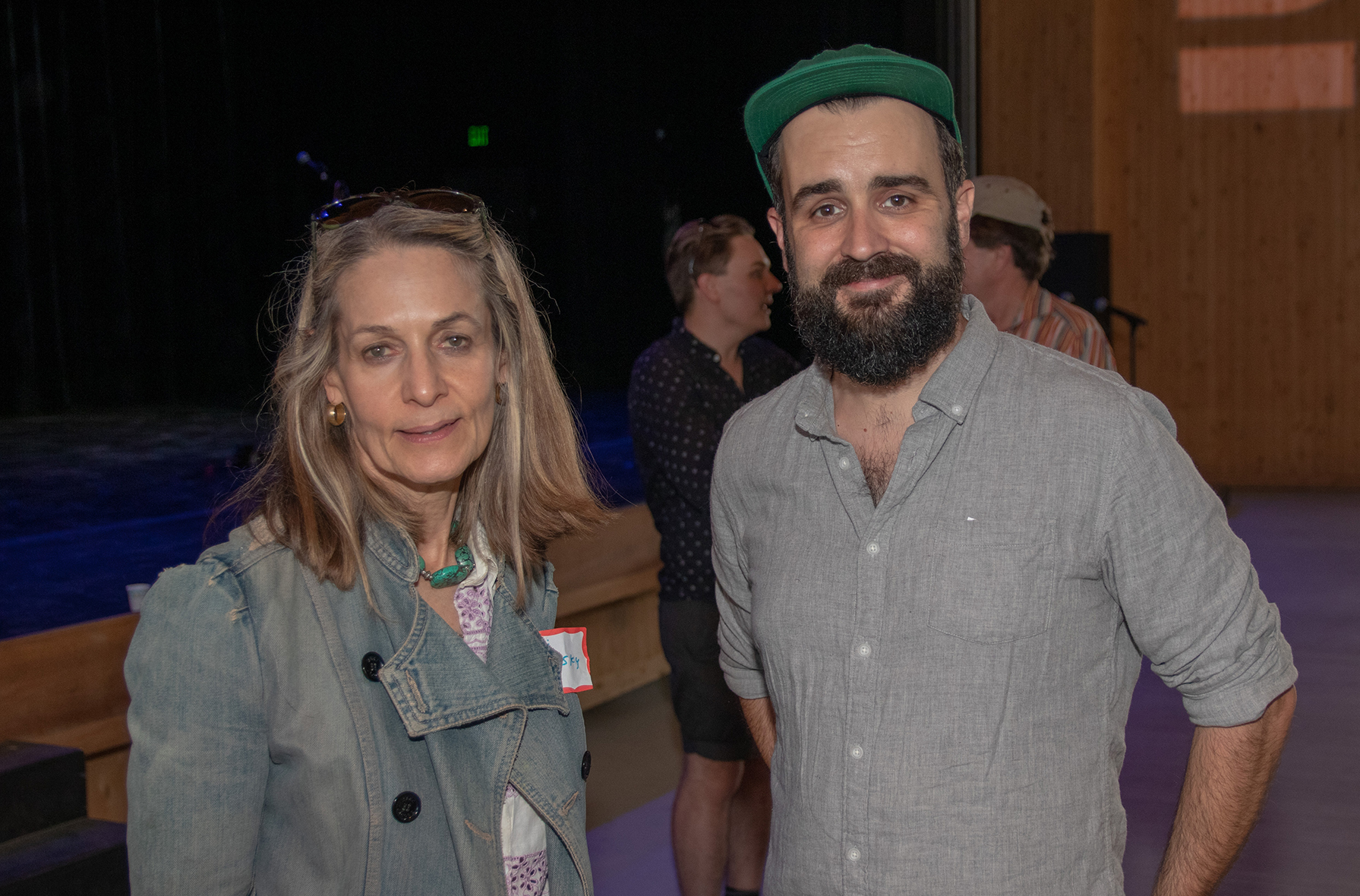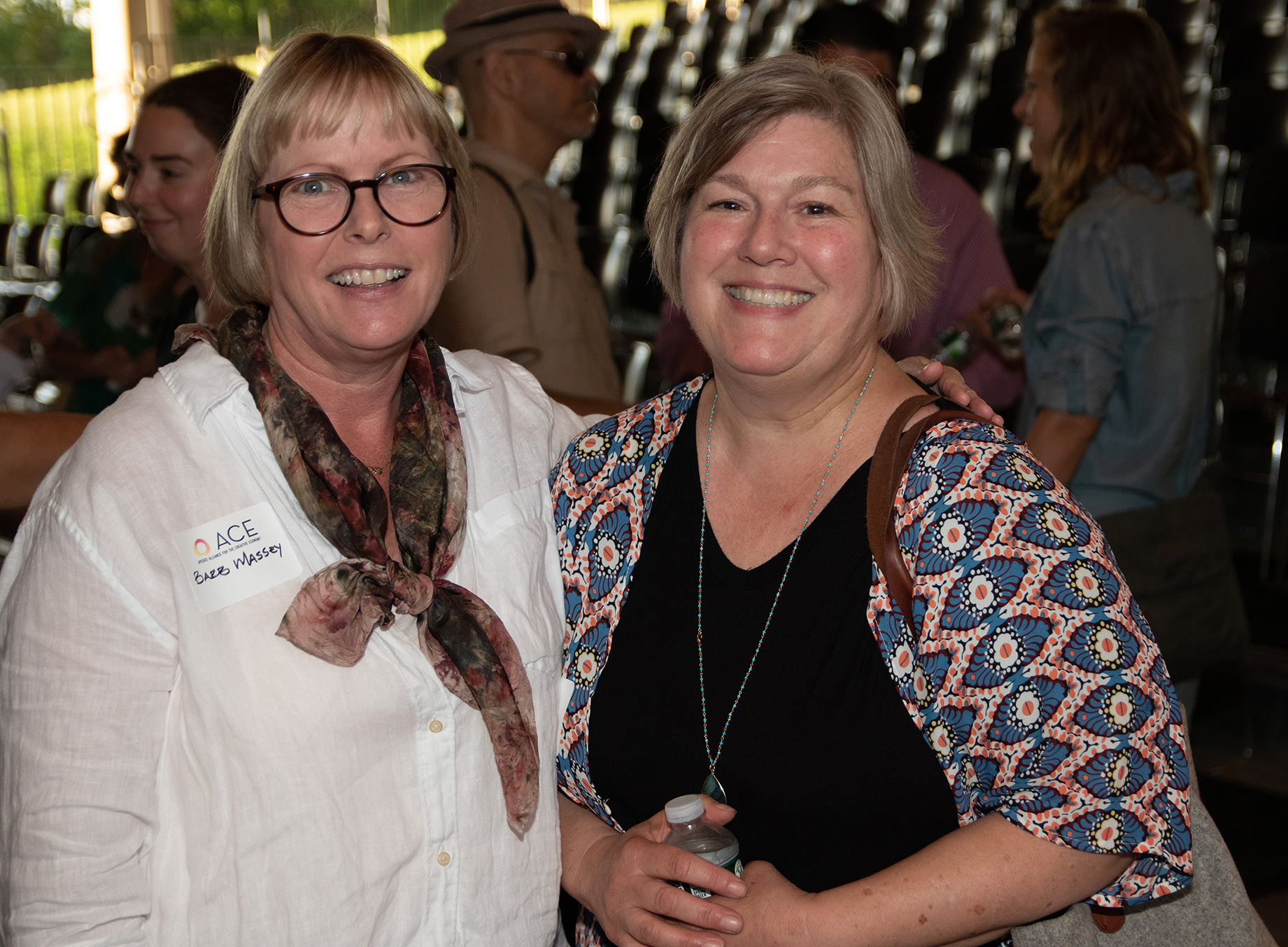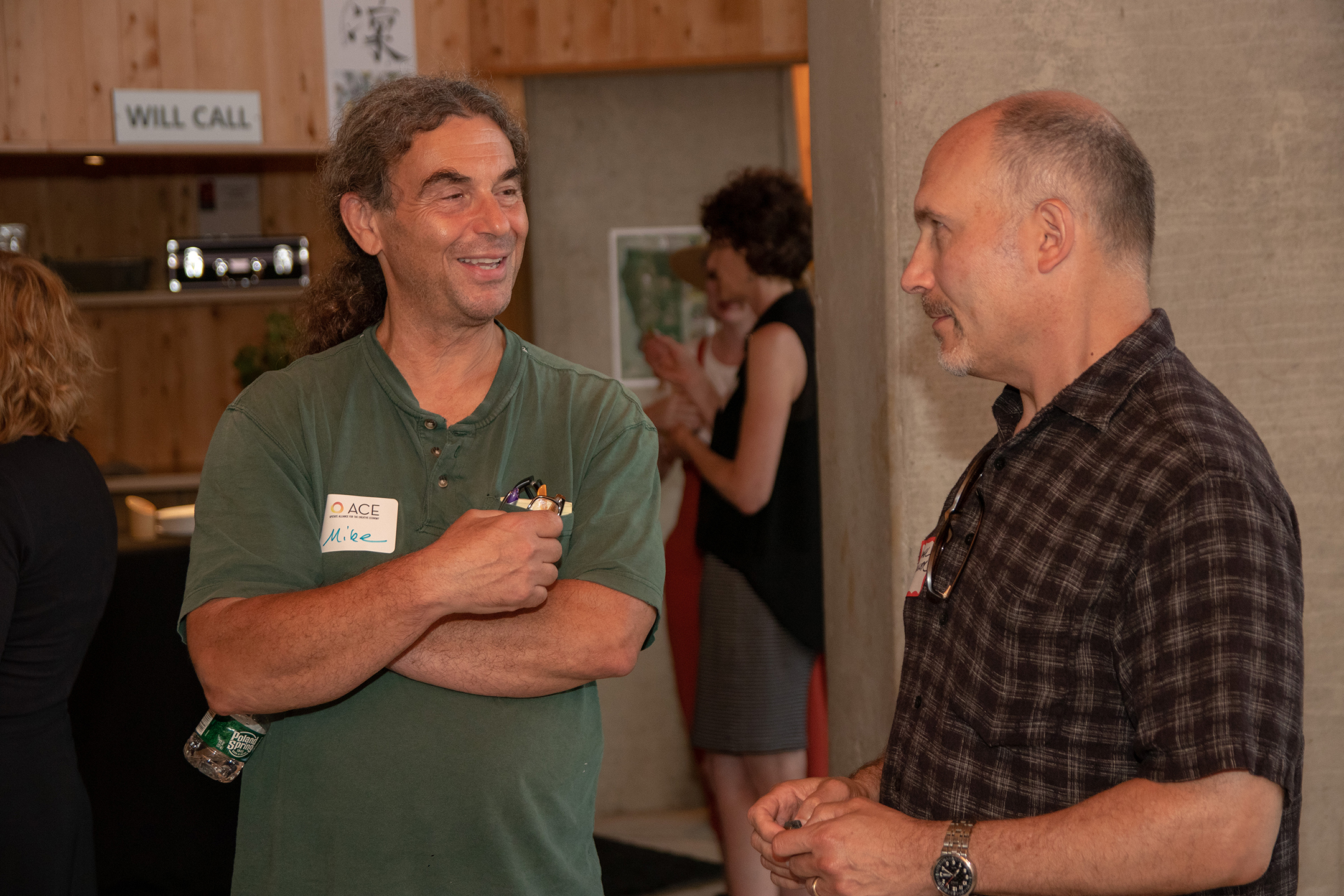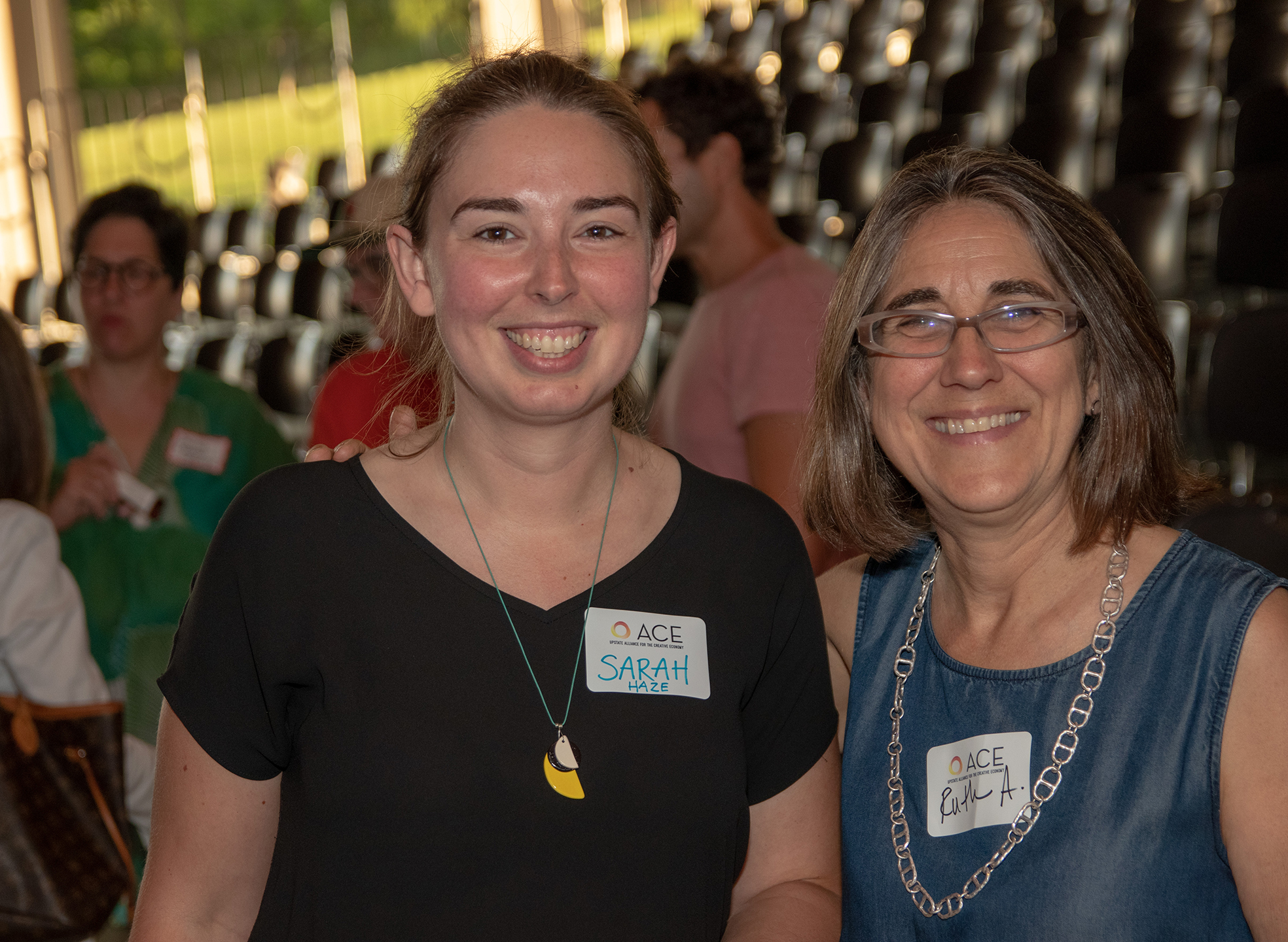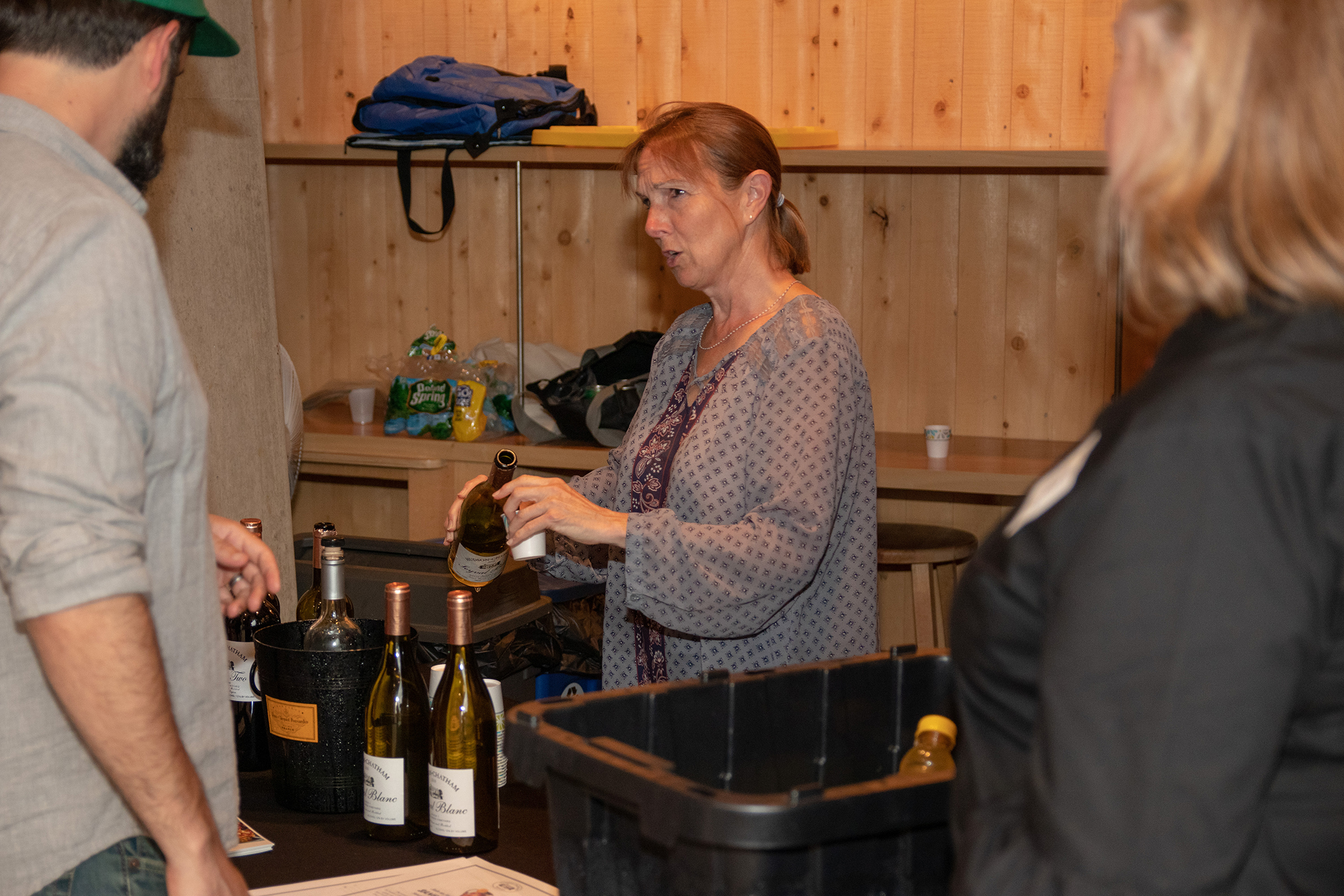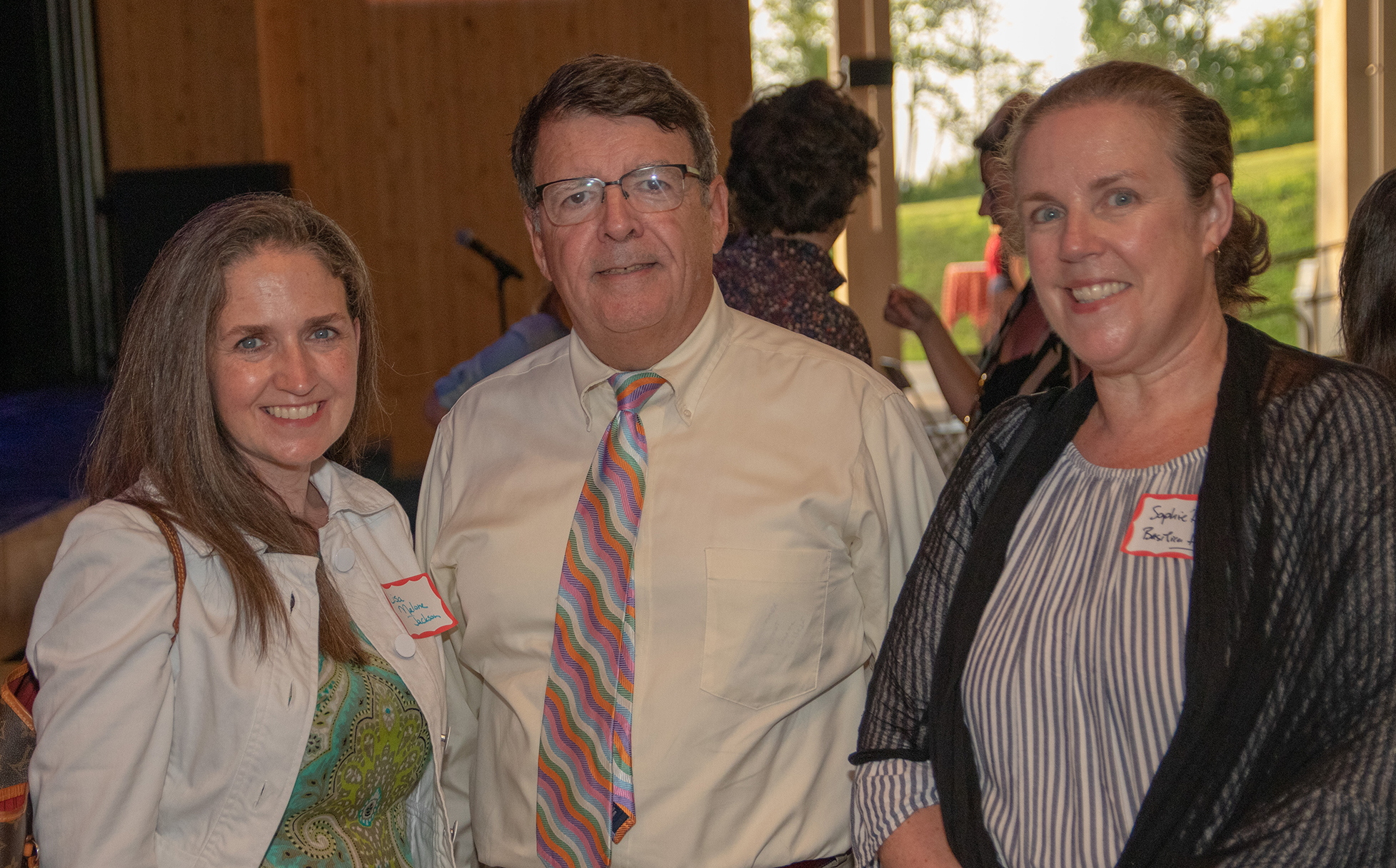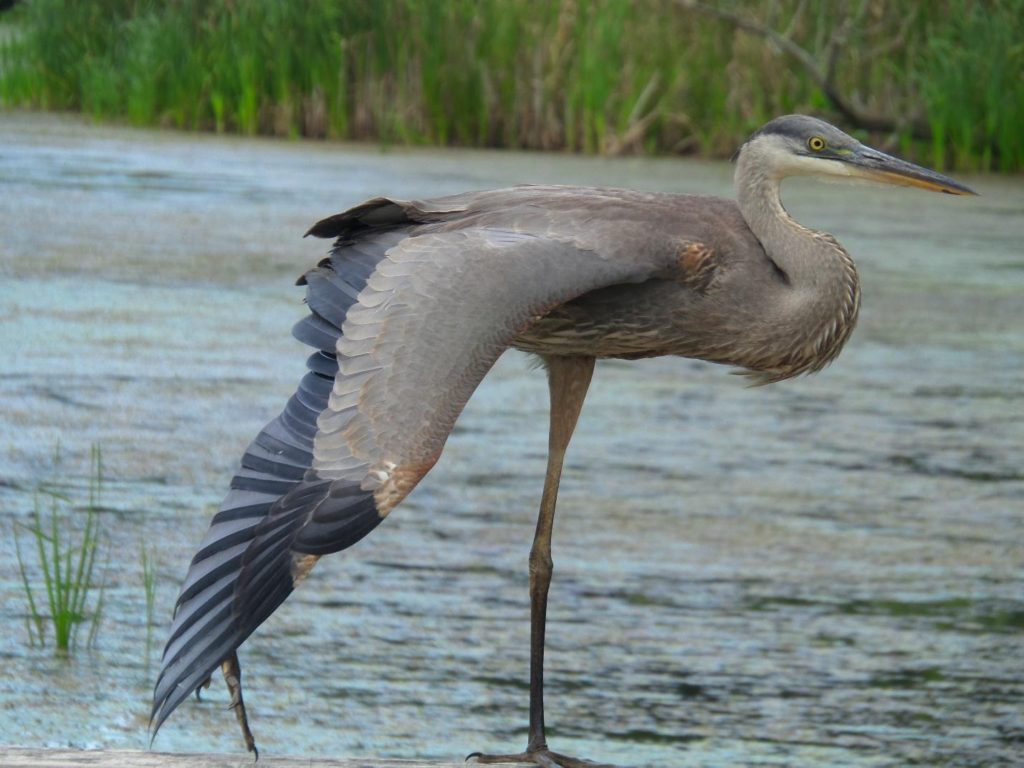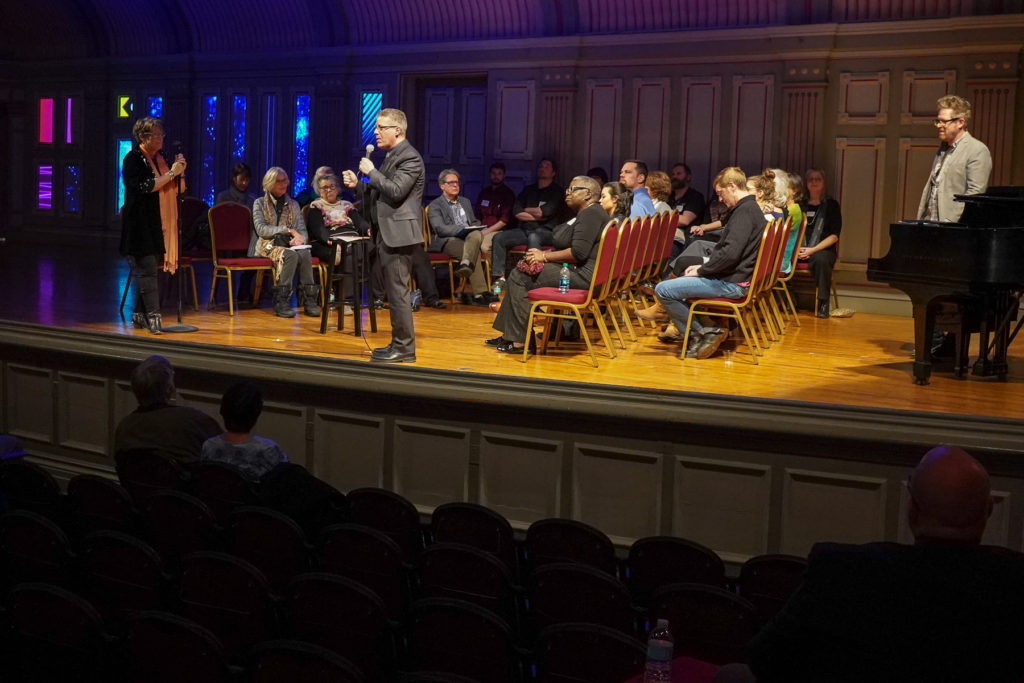 Proctors’ Chief of Staff Jean Leonard has been at the epicenter of Schenectady’s creative scene and redevelopment efforts for over eight years, so we asked her about her favorite places to grab a bite.
Proctors’ Chief of Staff Jean Leonard has been at the epicenter of Schenectady’s creative scene and redevelopment efforts for over eight years, so we asked her about her favorite places to grab a bite.
If I were going to eat my way through Schenectady for a day, I would:
Have a breakfast sandwich at Katz’s on Jay Street. The owner is the friendliest person in Schenectady. It’s impossible to walk out of his store without a smile, and his sandwiches are delicious.
I’d have morning tea at the Whistling Kettle because I never knew there were so many kinds of tea until I took a look at their tea menu!
For lunch, I’d head to Puzzles Café. I love their mission. Their food tastes wonderful and my heart feels good when I leave. Win-win for midday.
Before I ate again, I’d do a little shopping. The Mercantile, Bluebird Home & Gift, Open Door Books, and The Silver Shop. I’m a fan of local, independent stores with friendly, engaging customer service, and these shops are some of my favorites!
For an afternoon sweet treat, I’d head to Apostrophe Café at Proctors. Sorry, but the best coconut macaroons are right there below my cubicle! THE reason I need to head to the gym more often…
I think I’d land at Daley’s on Yates for dinner. There are SO MANY good dinner options here, but since I can only eat one dinner, Daley’s has delicious food and great cocktail/wine options. In the summer, I love their patio.
Because I am incapable of eating a meal without also eating just a little dessert, I’d finish my time in Schenectady at the Cocobar. As it says on their website, “If the question is chocolate, the answer is yes.” Enough said!
